Adam Smith Awards 2012 winners
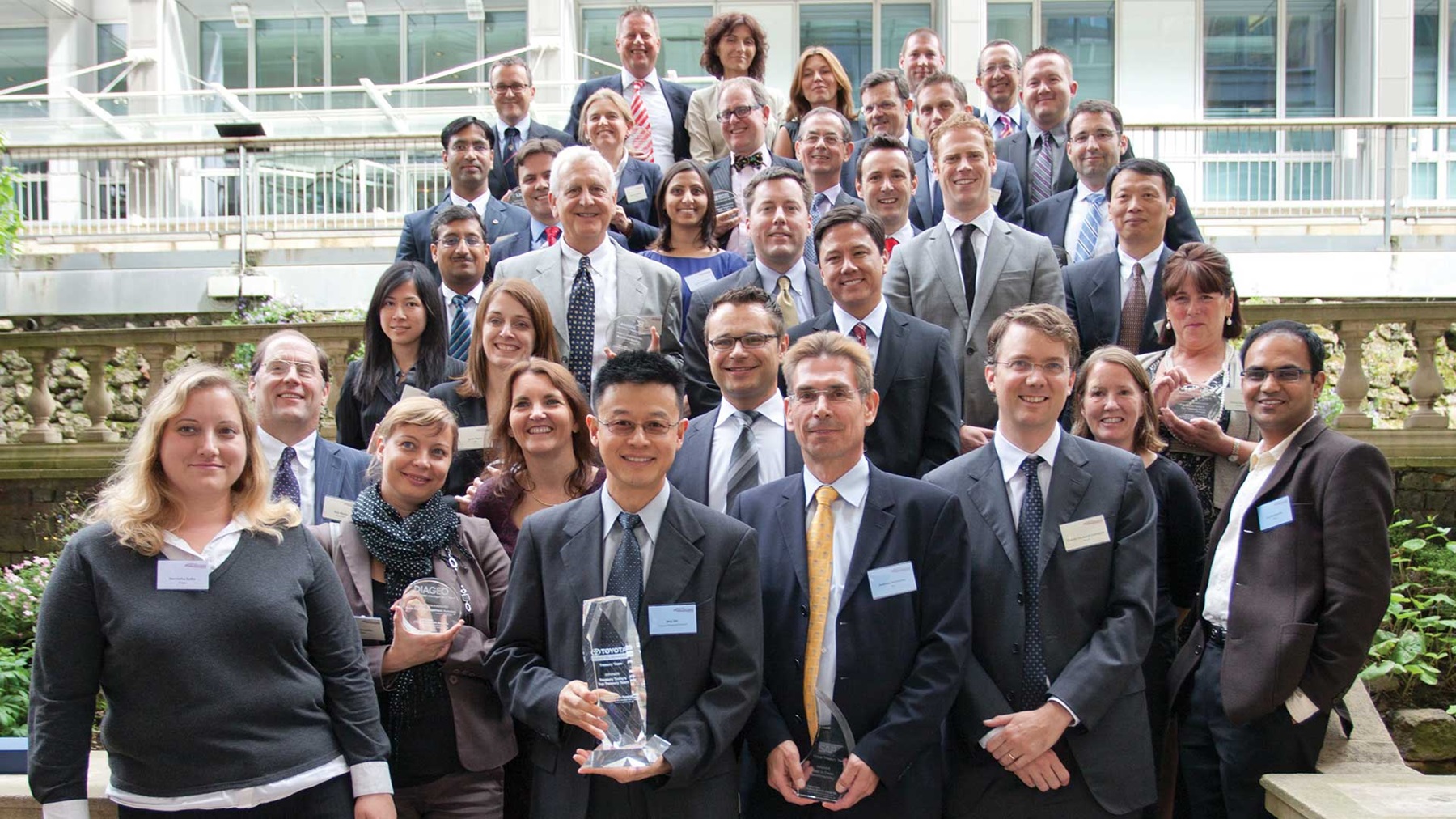

The calibre of entries for the 2012 Adam Smith Awards was extremely high, with 229 entries spanning 24 countries and with every continent represented. Scroll down to read about all the winners.
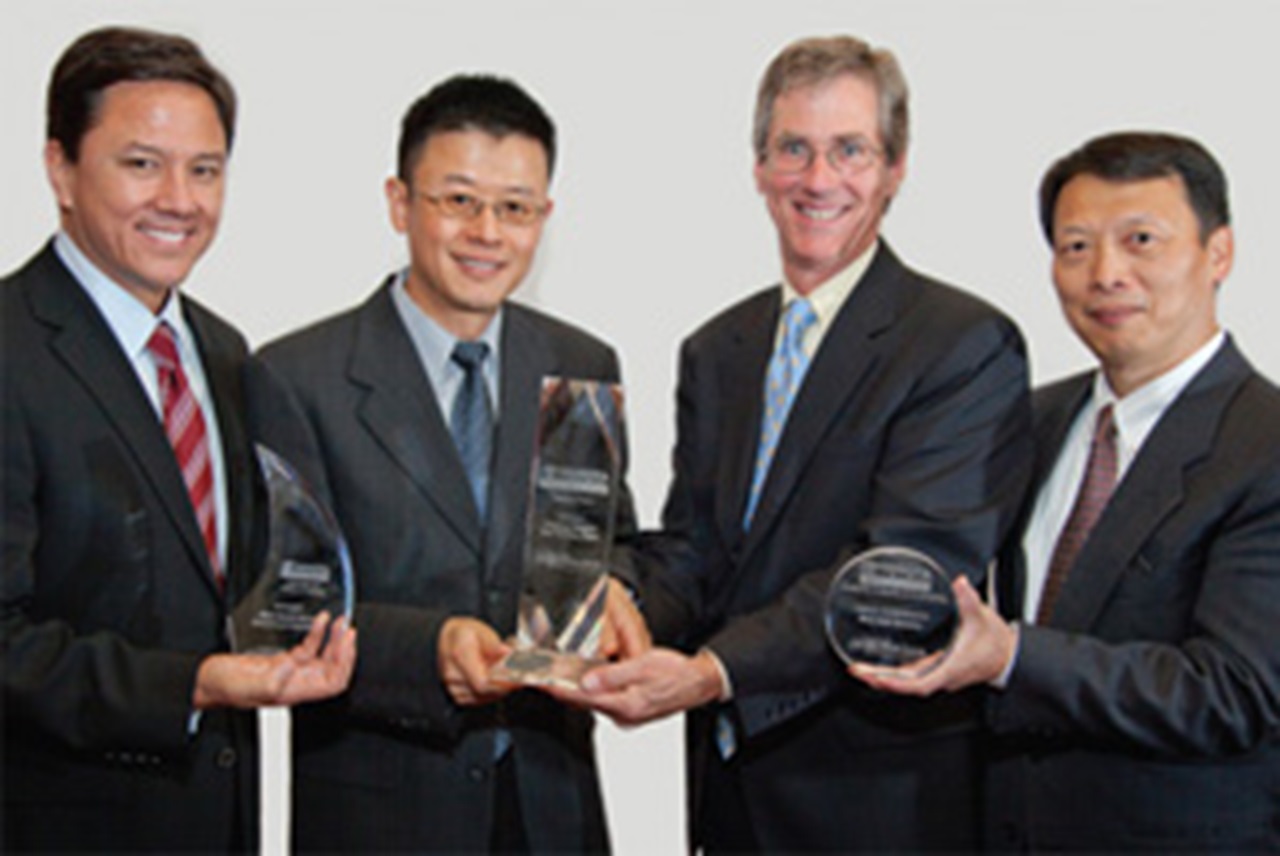

Despite the ongoing credit crisis and the Toyota product recalls that occurred prior to 2011, the company managed to rise above adversity and remain innovative while still providing uninterrupted, costcompetitive funding for its organisation, supported by an enhanced risk management framework. As it braced itself for 2011, TFS built upon the experiences of past crises to position itself for a changing regulatory environment and volatile global market.
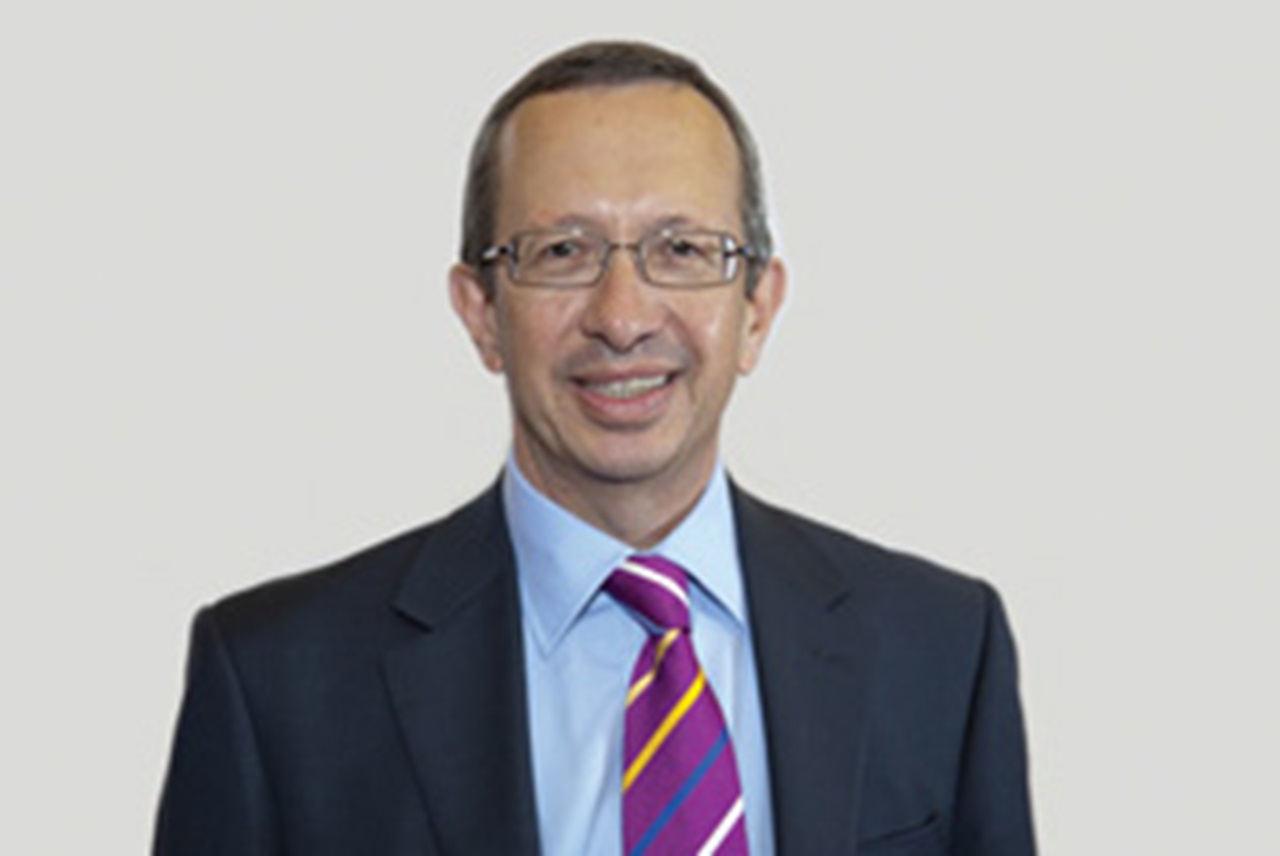

There are currently over 60 Hotel Chocolat stores in the UK, and operations abroad in the US and Europe. Hotel Chocolat was looking to raise finance in order to progress with a number of projects, including opening more retail outlets in the UK and expanding its overseas operations. In addition to traditional bank financing Hotel Chocolat was keen to explore less conventional financing opportunities. What the company came up with was the innovative idea of borrowing money from its customers and paying their returns in chocolate!
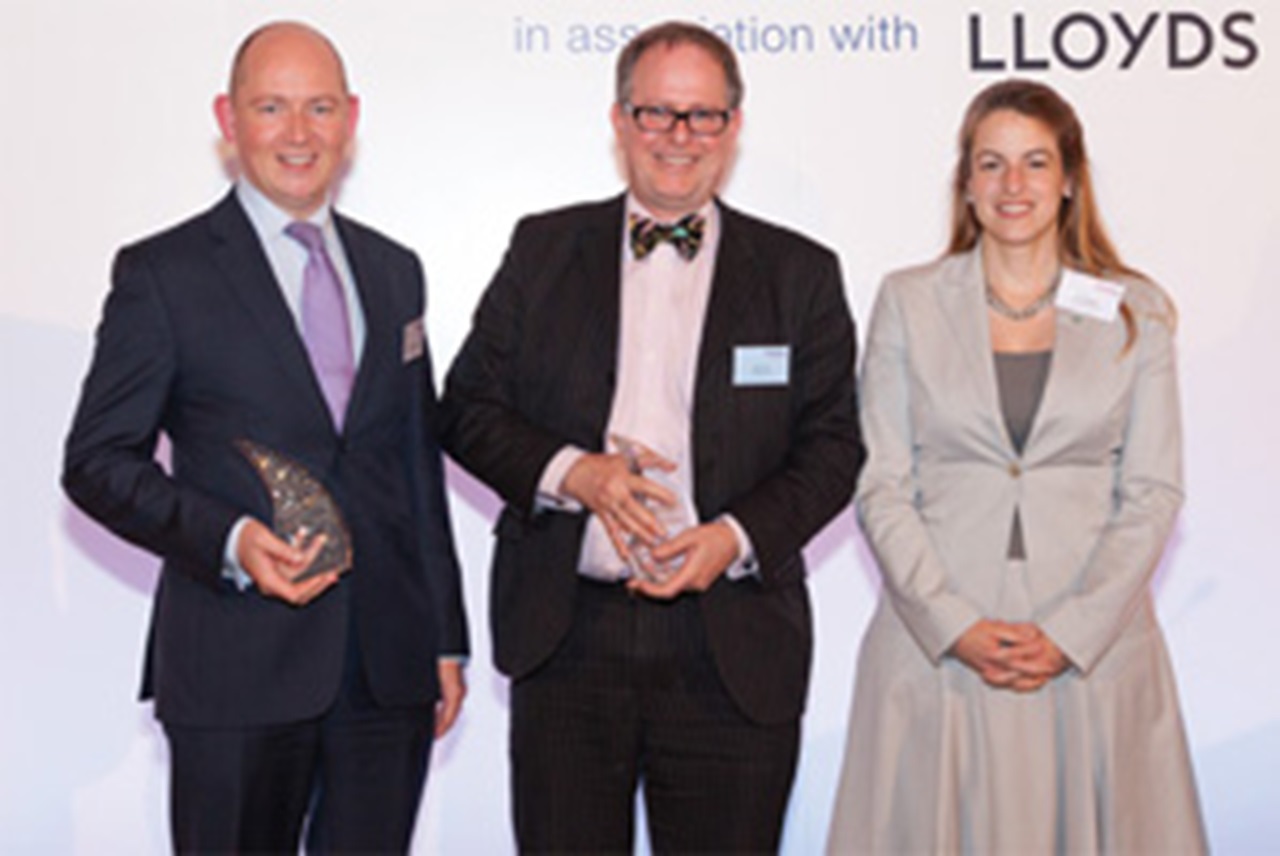

A collaborative project between the British Council, SAP and Standard Chartered allowed the charity to automate its host-to-host payments solution across east and west Africa. The judging panel at Treasury Today felt this was a remarkable achievement because the treasury experienced little difficulty when it came to implementing its host-to-host ACH payments solution in the region. What is more, the Council was rolling out another banking solution in Asia – in Pakistan, Afghanistan, and Nepal – at the same time.
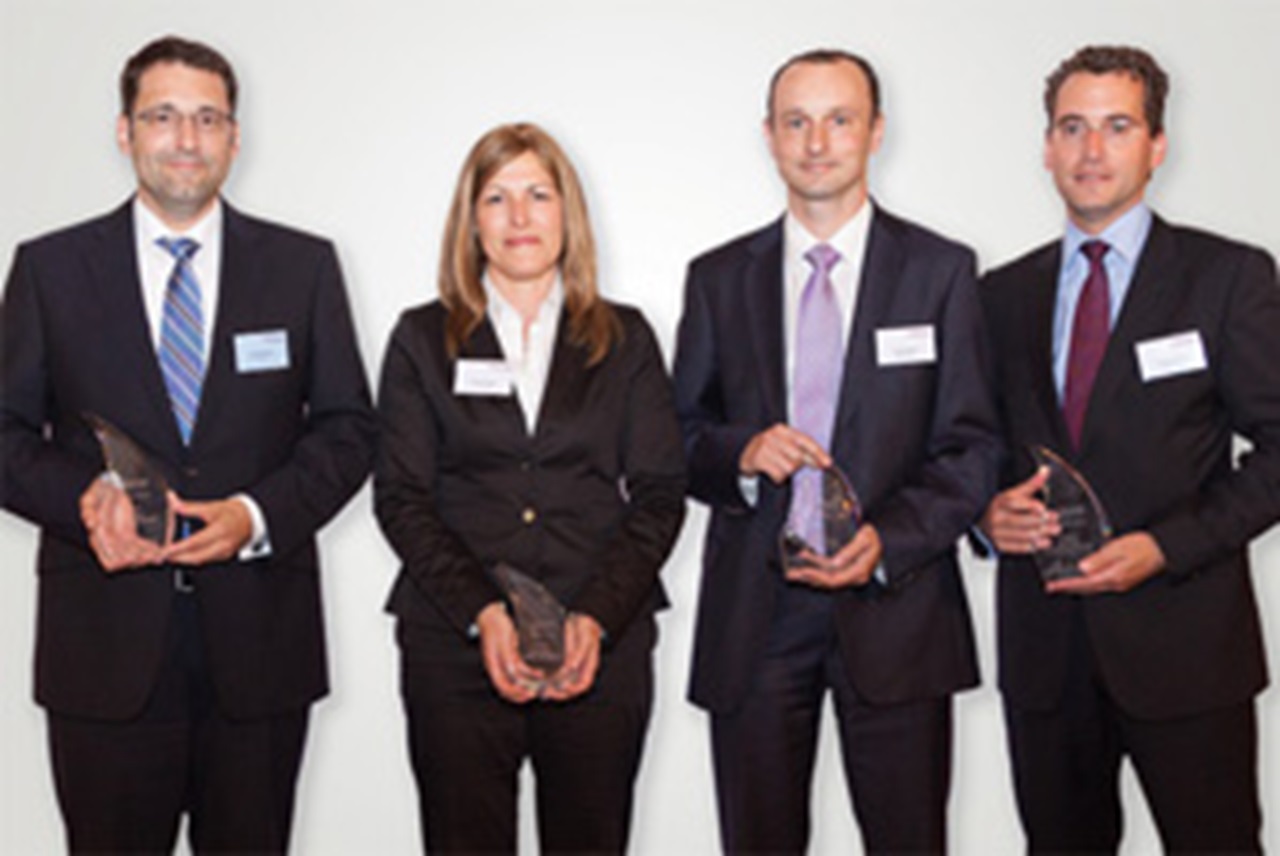

Four major payment currencies (EUR, USD, CHF and GBP) represent 70% of the total transaction volume at Merck. Multiple cash pool structures for each currency had been in existence since the company’s initial setup and/or inherited through acquisitions in 2006 and 2010. This unnecessary amount of currency pools led to inefficient usage of liquidity, with no clear bank-country-currency allocation and limited access to liquidity of non-participating entities. So not only were there massive internal efficiencies to be gained, but there was also significant potential to reduce overall banking fees and to further increase liquidity concentration at group level.
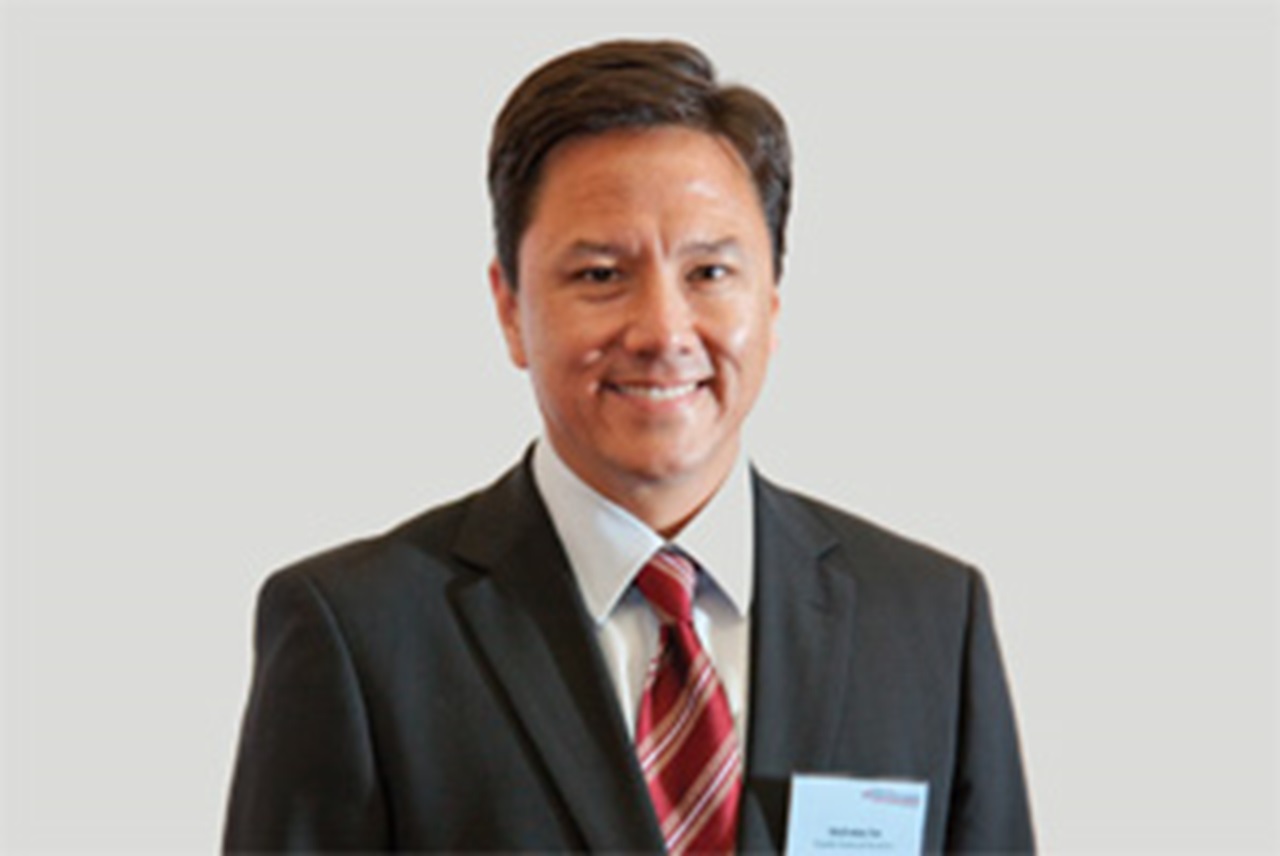

In addition to global macroeconomic issues, Toyota Financial Services (TFS) was experiencing its own unique challenges due to the automobile production disruptions from the earthquake in Japan and flooding in Thailand. In turn, this impacted TFS’ short-term investment portfolio (STIP) because the investment strategy centres its decisions on the cash flows required to fund future liquidity needs within a 12 month period. With greater uncertainty regarding TFS’ future liquidity needs, the key issue for the investment team was how to improve the company’s cash flow forecasts.
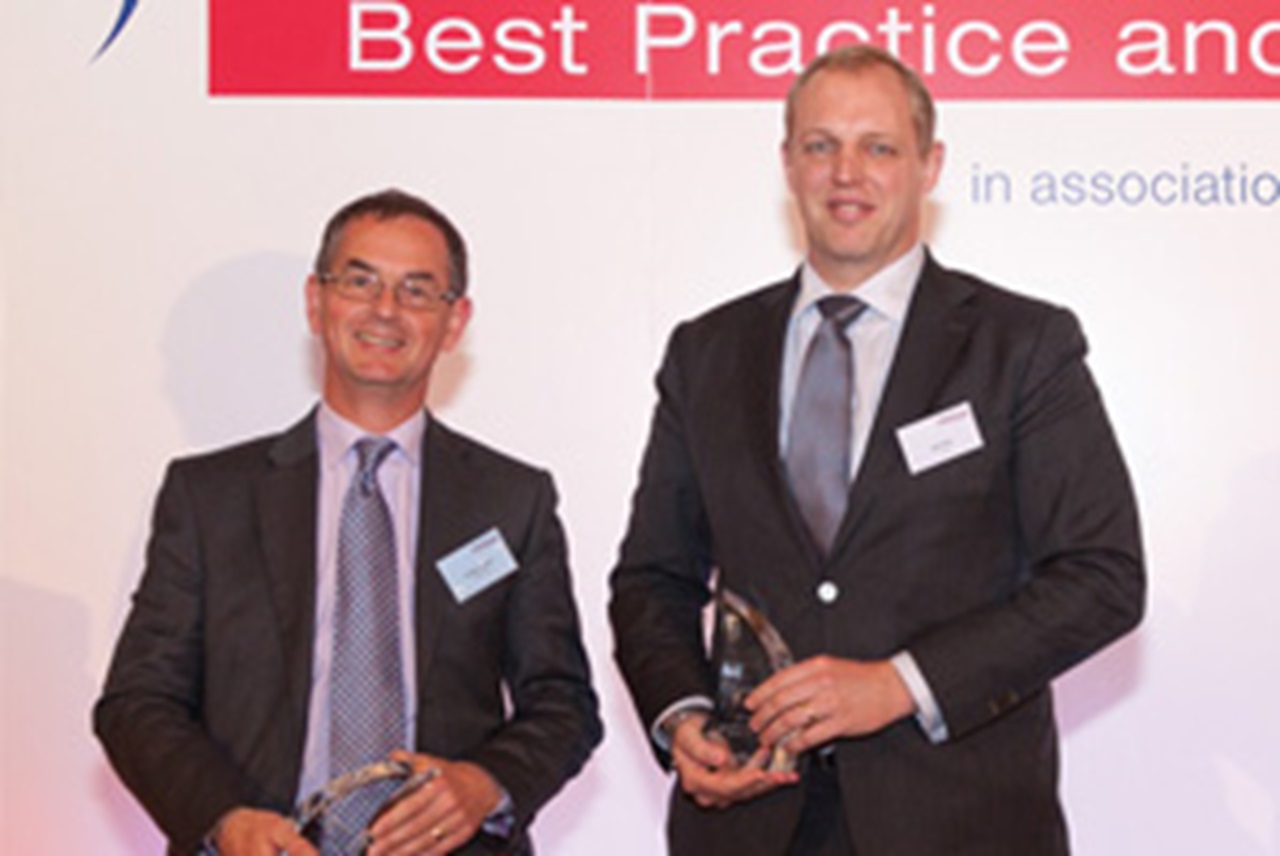

Rolls-Royce has a very large number of vendors, many of which are small businesses producing highly technical and specialised parts for use in its products. Were any of these companies to cease production through the lack of finance, it could impact Rolls-Royce’s production. For this reason, a few years ago Rolls-Royce began planning a supply chain finance (SCF) programme for selected suppliers. Safeguarding the company’s supply chain through one of the most volatile periods the financial markets have known, was an important factor in this solution.
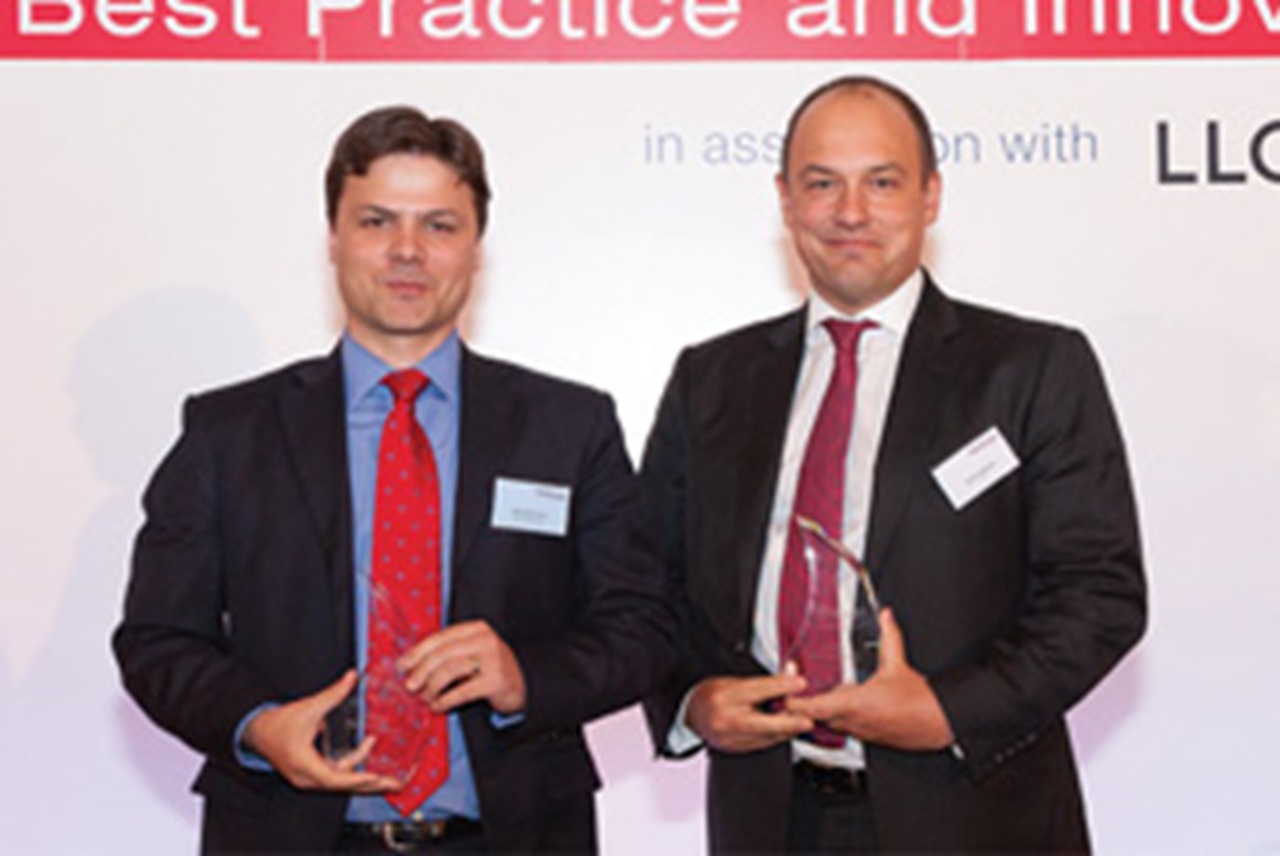

In order to overcome the challenges Allstate’s treasury team faced in managing the company’s disparate, decentralised process for funding marketing efforts across its network of agencies, a declining balance card programme was established. Working with Citi Commercial Cards, Allstate developed the Executive Advantage card programme as a means to incentivise and reward its 10,000 plus sales team. This is a unique solution in the marketplace today, with two patents pending.
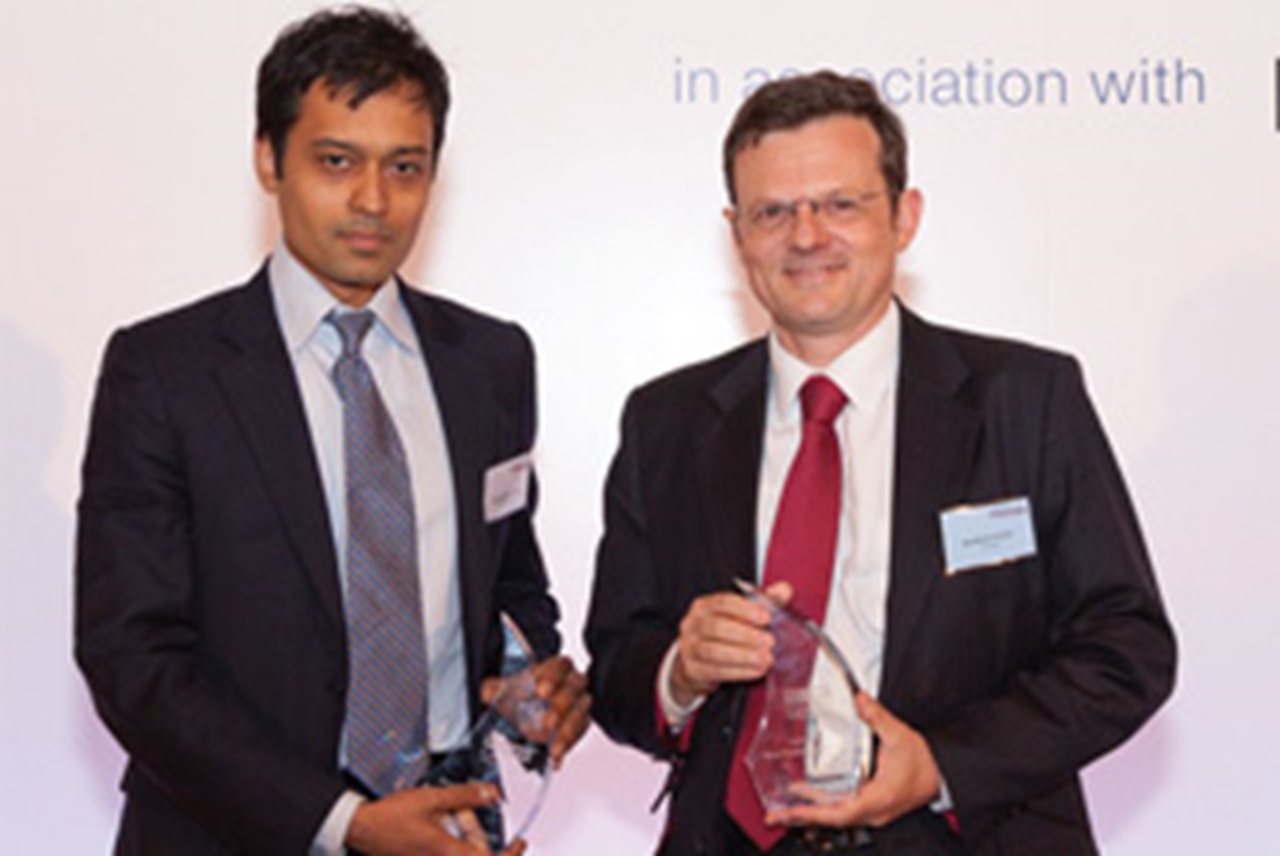

Faurecia was in a challenging situation. The company had to reimburse a shareholder loan, and refinance its main credit facility, could not ask for more funding from its banks, but at the same time needed to bring more banks on board. Faurecia also needed to diversify its funding sources and remove the support burden from its main shareholder – all in the midst of a major financial crisis, and dwindling credit capacity from banks. In less than six months, Faurecia successfully changed the profile of the company’s funding structure.
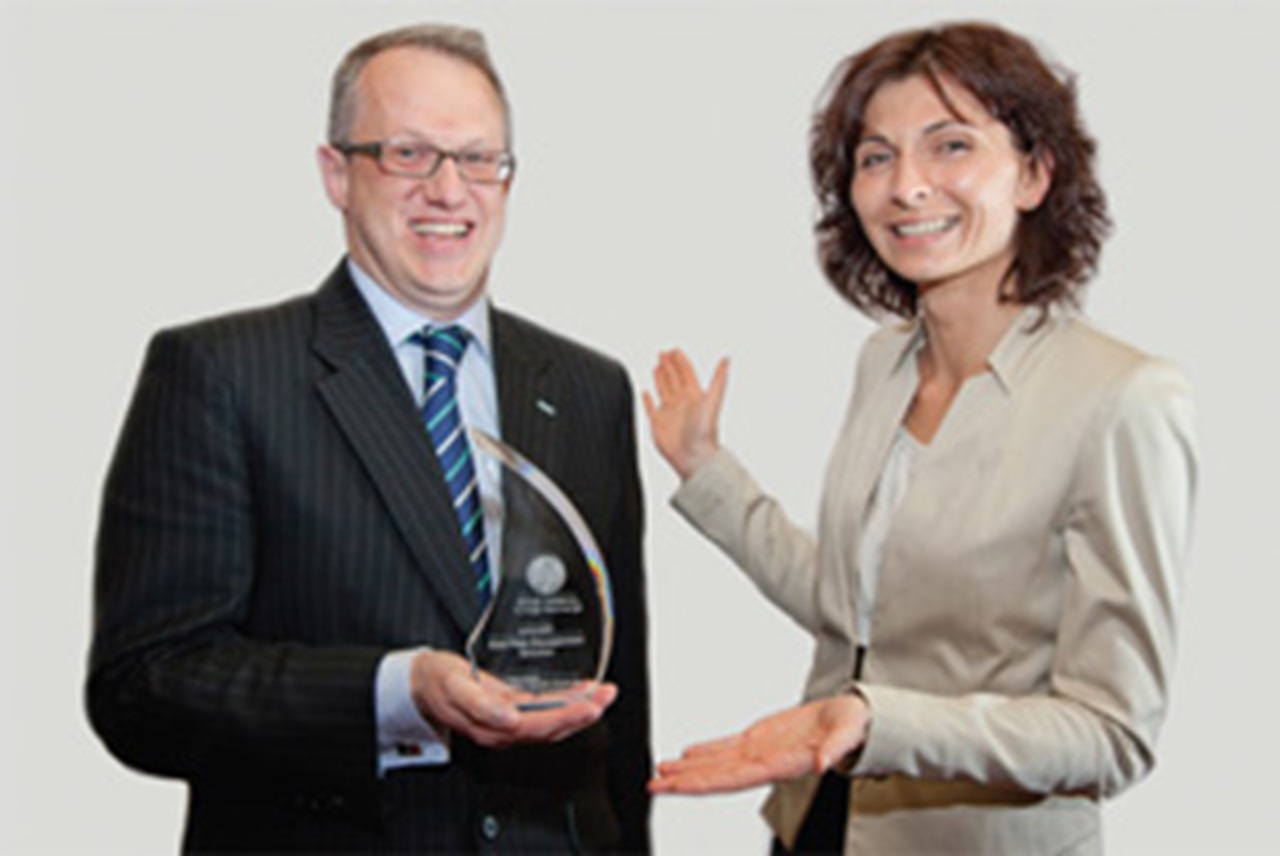

Hewlett-Packard (HP) has one of the largest foreign exchange exposures in the corporate sector. The size of this exposure can be a large portion of the average daily trading volume in some emerging markets. An appropriate execution strategy is therefore extremely important to ensure that HP maximises the value of its hedges. The company wished to develop a trading strategy to optimise trade execution, thus obtaining the best price and in some instances maintaining anonymity in the market.
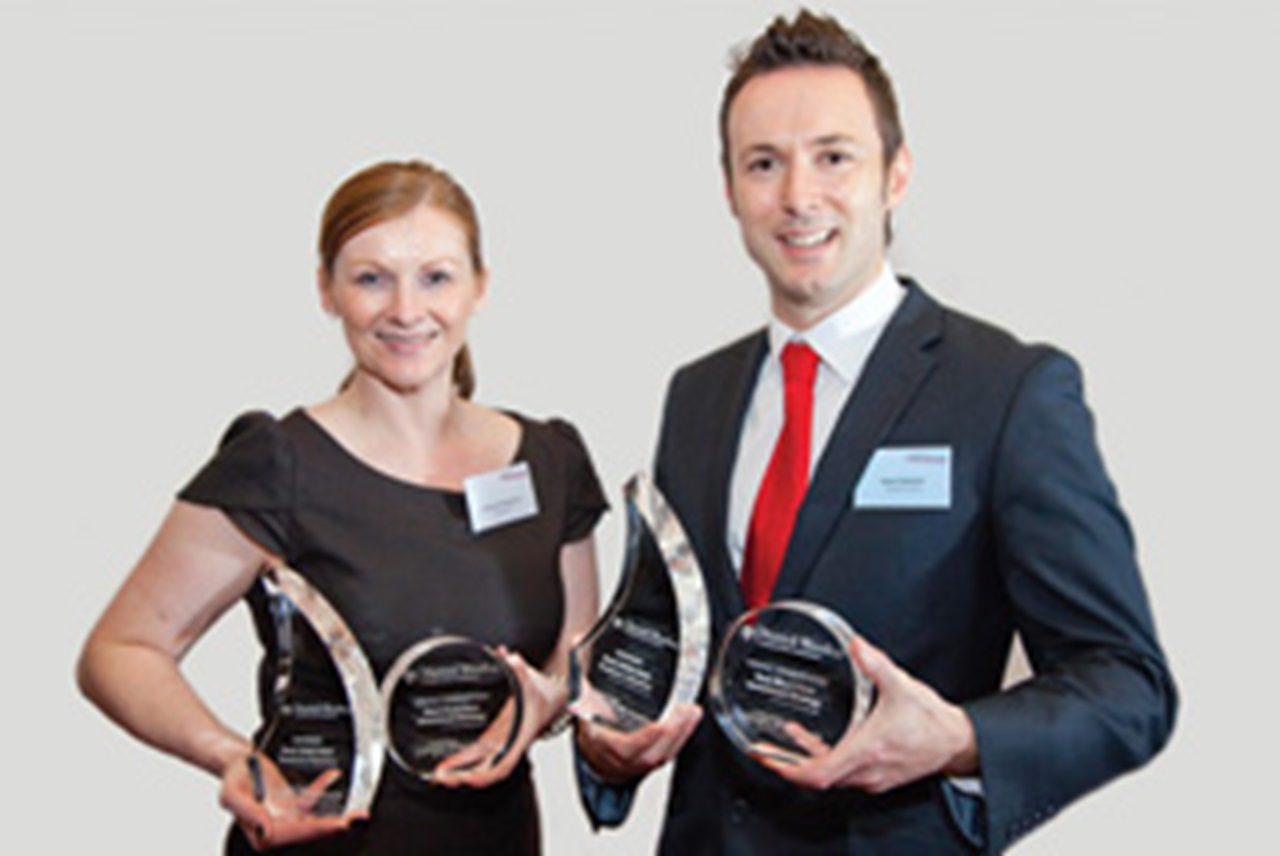

Mattioli Woods is bound by client money regulations, which has a knock on effect on the number of bank accounts the company has. In fact, the company holds over £65m in more than 3,000 bank accounts, both for Mattioli Woods itself and its customers. The company splits its interest income on these accounts accordingly. But with interest rates continuing to be at historic lows, it was difficult to offer customers a good rate of return on their investments, making it harder to compete for new business. The company was looking for a solution which would increase the interest income on the cash in its customers’ accounts.
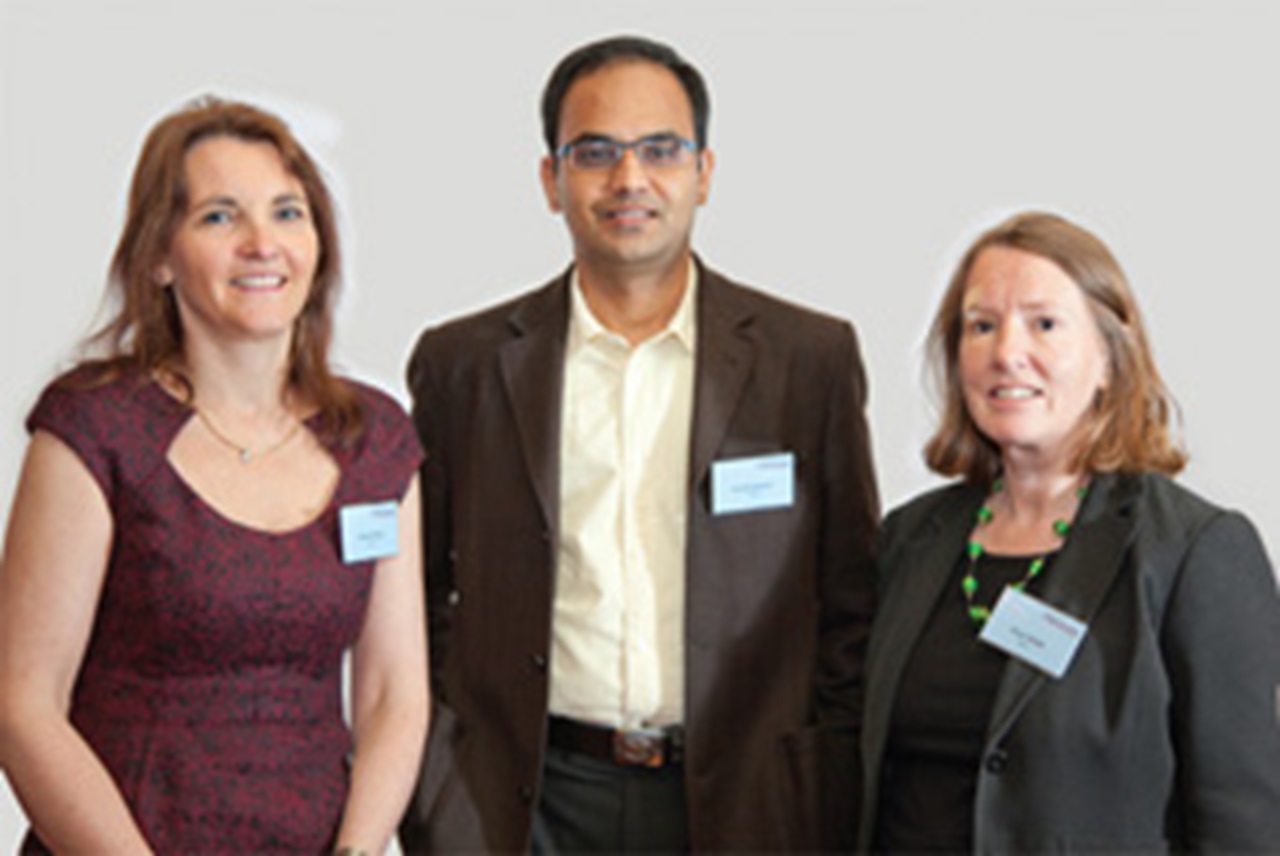

Pfizer’s winning solution brings cutting-edge technology benefits to a basic, yet fundamental, treasury process. The project took a series of long-standing and highly manual processes associated with Pfizer’s very substantial global inter-company processes and created in its place an automated, reengineered, end-to-end workflow that thoroughly overhauls and modernises the process.
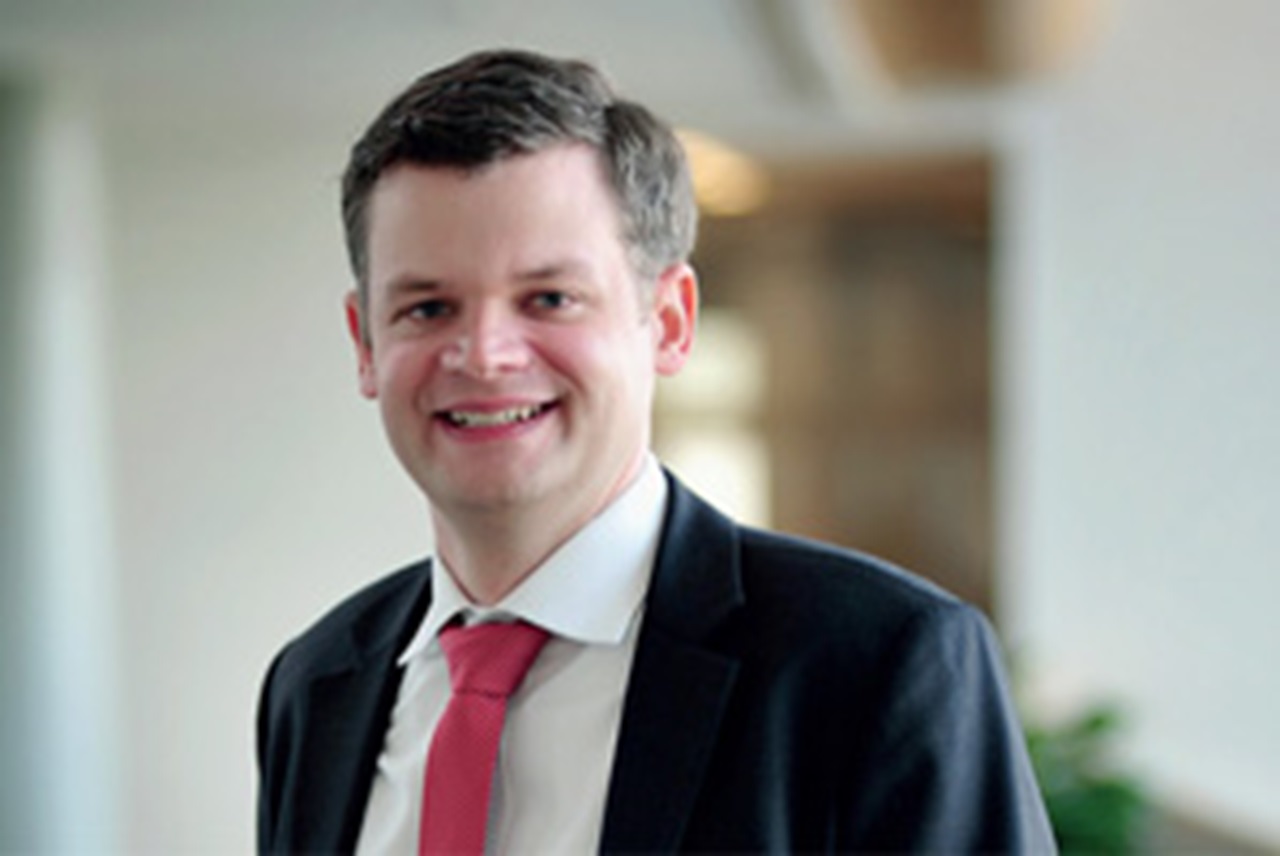

After years of having a debt laden operation in China, Henkel has been generating strong cash flows in the country since 2009. “Faced with unpredictable regulatory conditions and a rapidly changing economic environment, Henkel needed to overcome the challenge of managing its cash surplus more effectively,” says Fabian Boklage, Regional Treasurer, Asia Pacific. Henkel therefore turned to J.P. Morgan Asset Management and its onshore AAA rated RMB money market fund (MMF).
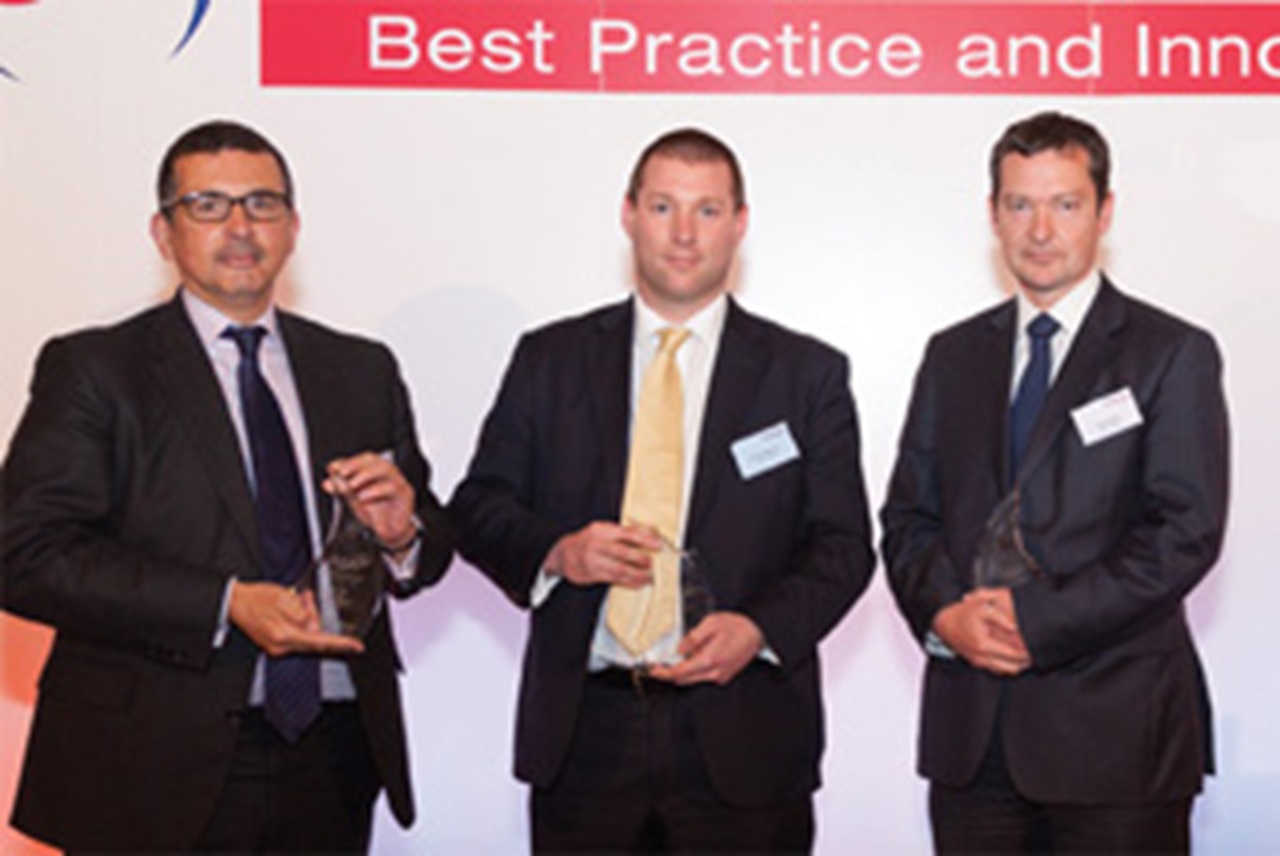

Inefficient operations and processes had left RSA, like many market participants, struggling with the problems of excessive liquidity, counterparty default risk, and complex reconciliation and settlement processes. “The Sorrento initiative is aimed at addressing the systemic issues that arise from these ineffective processes and delivering market-level improvements in operational efficiency, transparency, control and capital efficiency,” explains William McDonnell, RSA’s Group Financial Controller.
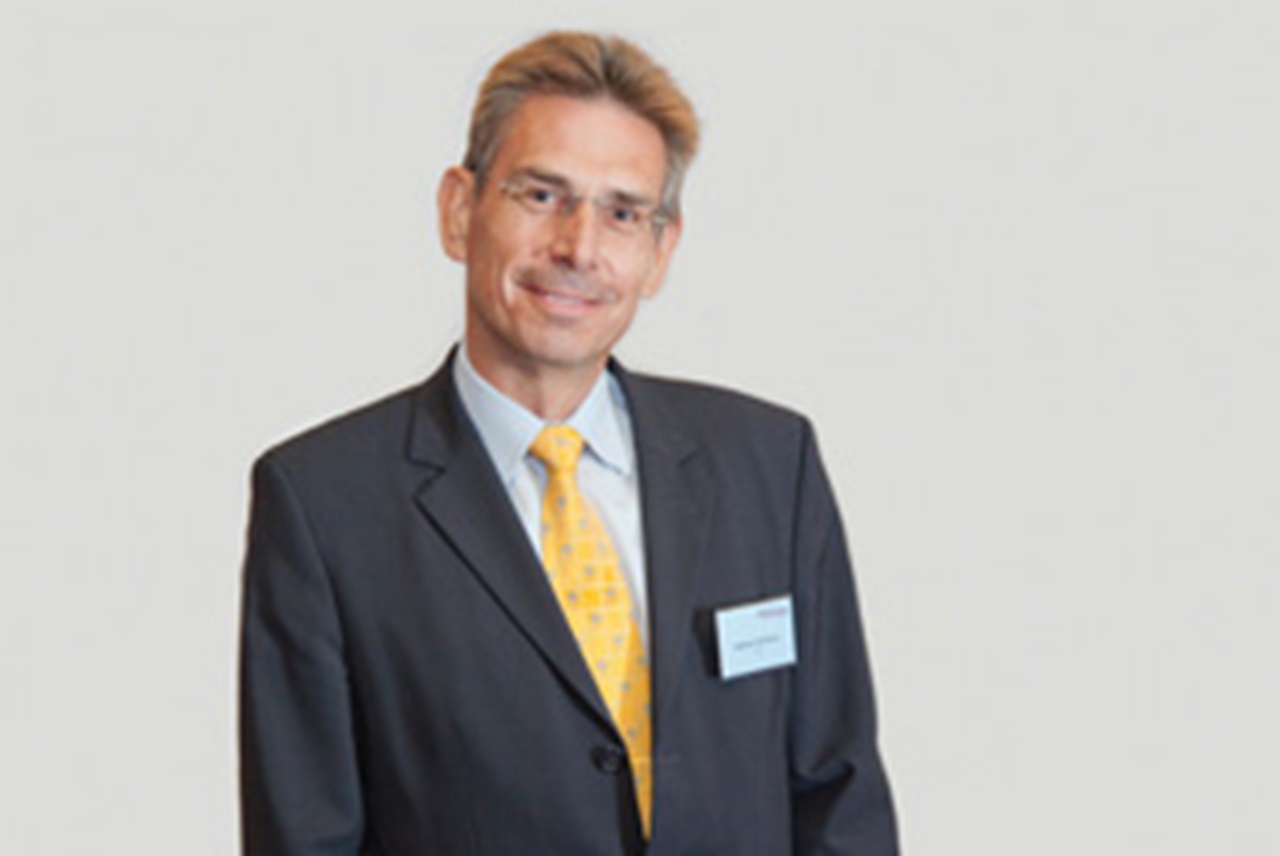

SAP was awarded the ‘Best in Class Benchmarking’ accolade for its efforts relating to overall working capital management. This winning project, led by the company’s global treasury, was set up to improve the way the company used its working capital. The scope of the project was not limited to improving financial data, but was to include other areas, such as remuneration schemes. One of the most important aspects of the project was to increase transparency over the company’s processes. This was done by measuring changes using scalable Key Performance Indicators (KPIs).
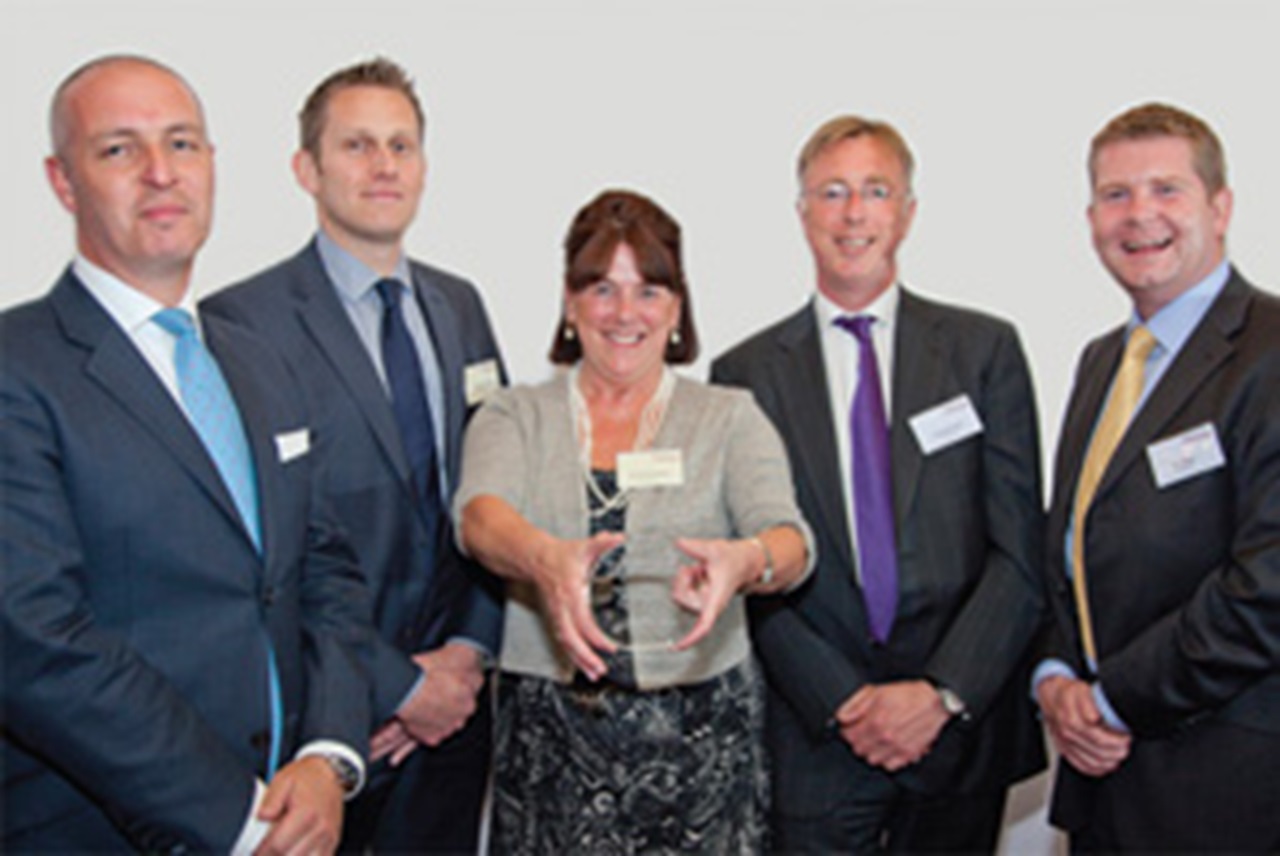
During the acquisition and subsequent integration of MedImmune in 2007, it became clear that AstraZeneca’s treasury infrastructure and associated processes were less than efficient. Meanwhile, as both the company and the treasury technology sector evolved, AstraZeneca’s existing treasury management system (TMS) was no longer able to keep up with the growing needs of the treasury department. Consequently, AstraZeneca realised that investment in systems was going to be essential in order to ensure that the infrastructure was suitable, not just for the treasury’s needs today, but for at least ten years into the future.


Several years ago, The British Council had 15 people working in the treasury department as the charity was in the middle of a global integration of SAP and rebuilding the treasury function. Over the past five years, the British Council’s treasury hub has been modernised and it now supports the company’s banking and treasury activities across 110 countries. The front office (of which there are four people) is based in London and the back office is located in the shared service centre (SSC) in Noida, Delhi – a consolidation of five different SSCs over the last four years.
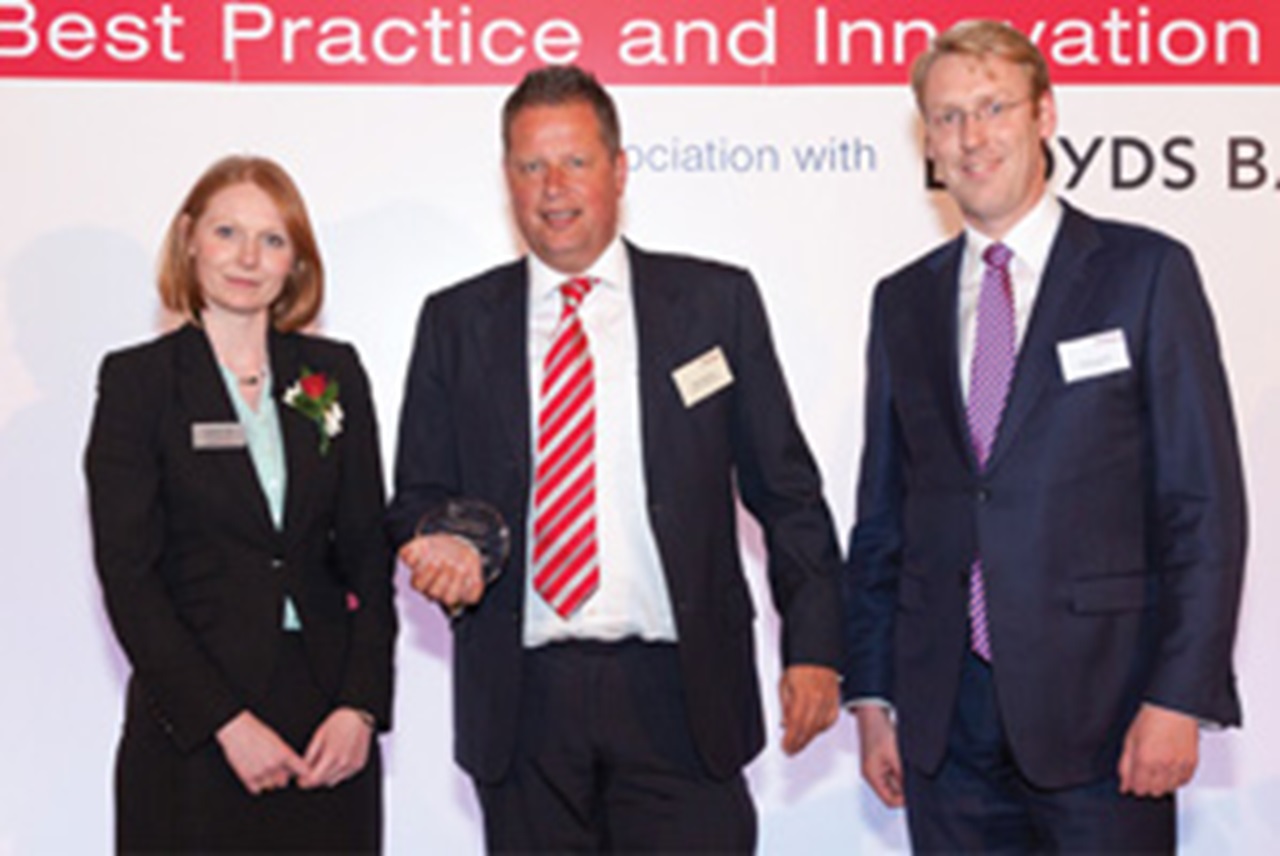

With the help of Zanders Consultancy, Royal FrieslandCampina’s treasury developed an innovative solution that it refers to as the ‘Wallet Sizing’ Model. The ‘wallet’ includes all the company’s worldwide banking partners and paved the way for renegotiation of an ‘amend and extend’ of the company’s €1 billion general purpose syndicated credit facility in the difficult market conditions that prevailed in October/November 2011.
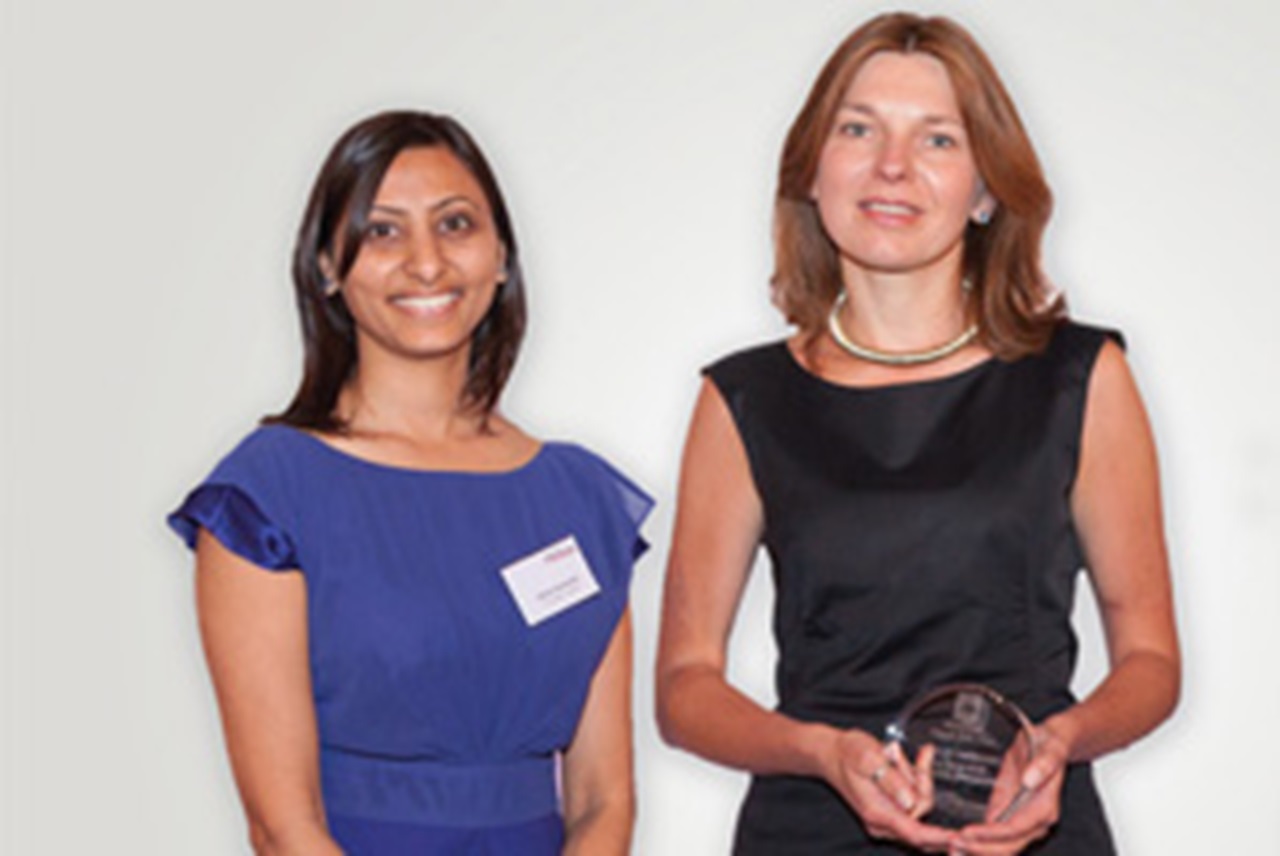

In mid-2011, Maersk successfully piloted a web-based e-sourcing tool for a cash management tender for one of its business units. With the new software tool, the company was able to configure workflow to set up events, timelines, cost models, and automatically calculate pricing based on pre-defined criteria embedded in the cost model. This allowed the company to create and maintain scenarios to tailor bank data as per business requirements and drive negotiations among internal stakeholders.
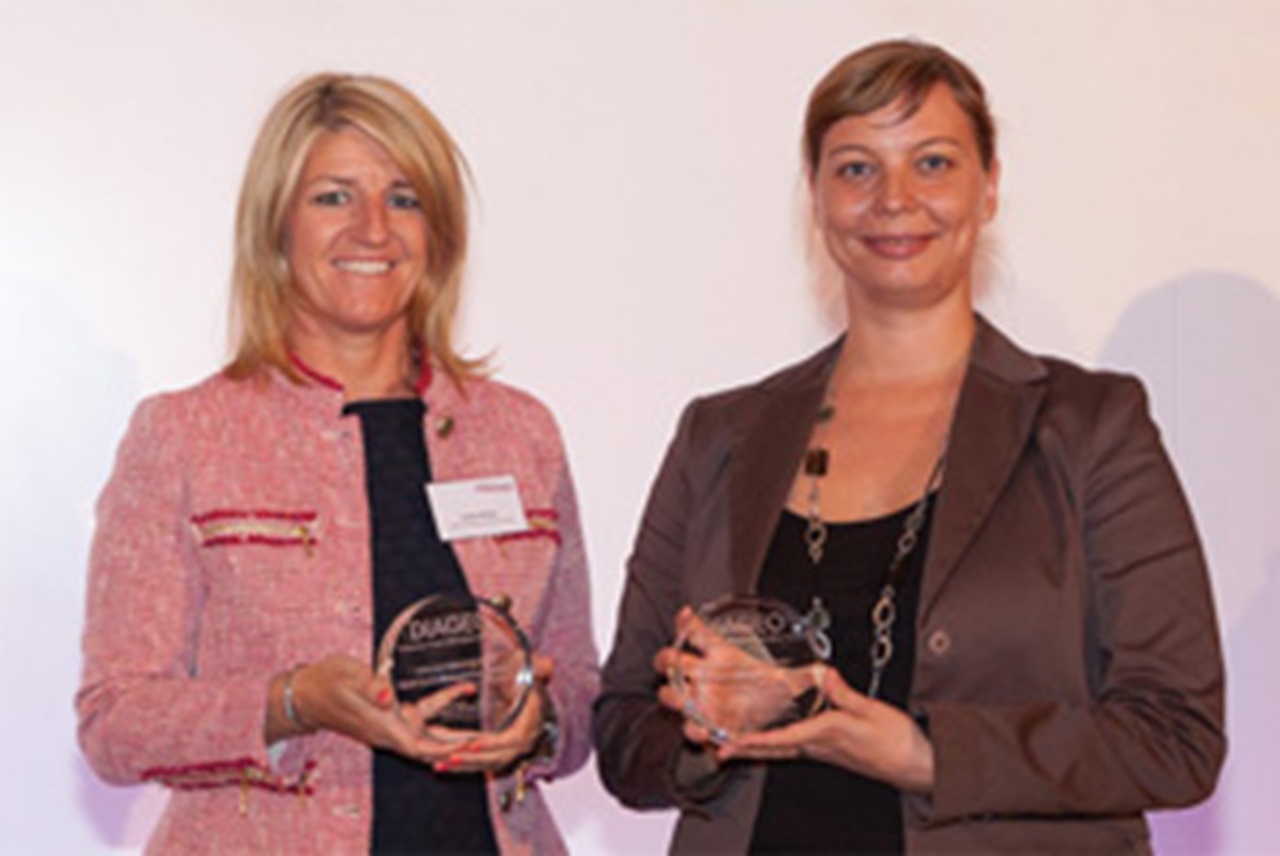

With Diageo’s European business generating £2.8 billion of its net global sales, the company was looking to enable instant access to cash across the region. Diageo also wanted to adopt seamless payables and receivables management, in order to minimise potential disruptions to its supply chain. By partnering with Bank of America Merrill Lynch (BAML), the company was able to run through a variety of different cash management scenarios and structures. In addition, BAML assisted in putting in place the right contingency measures to make sure the company was able to minimise any supply chain threats.


Microsoft runs a centralised treasury for more than 350 legal entities in 118 countries. The company has more than 1,100 bank accounts in over 100 institutions worldwide. At the height of the recent global economic crisis, each dollar held in local subsidiary managed accounts faced increased counterparty risk, sovereign risk, foreign exchange fluctuations, and risk of fraud. The company changed that by automating its collection sweeps and implementing a just-in-time funding model for subsidiary disbursements.
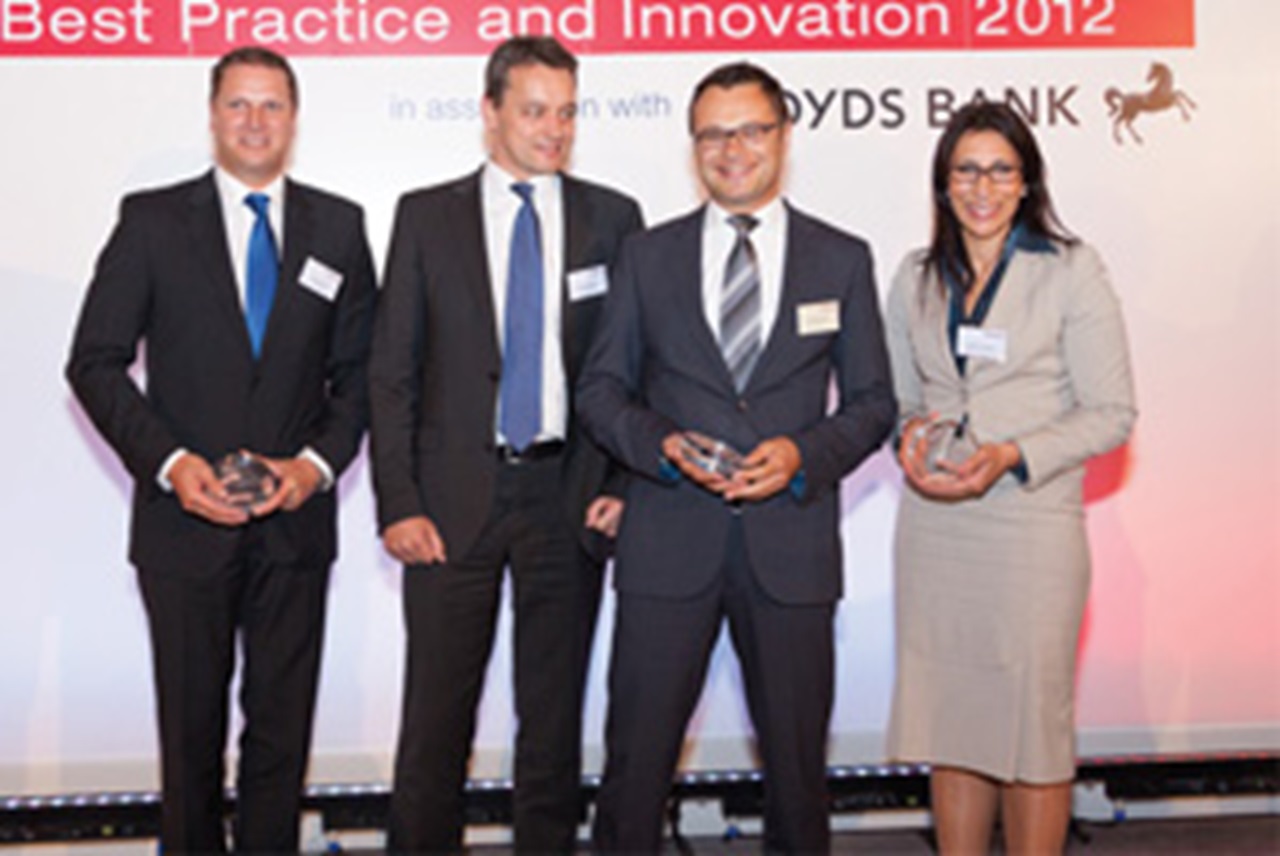

With more than 183,000 customers and 55,000 employees worldwide, automation has been a major goal of SAP’s Global Treasury in recent years. With the aim of reducing the support, effort and the total cost of ownership, the company wanted to implement one global payment format for the multiple banks it deals with across many different countries. At the same time, SAP was looking to promote flexibility in its bank partner selection, thereby reducing counterparty dependency.
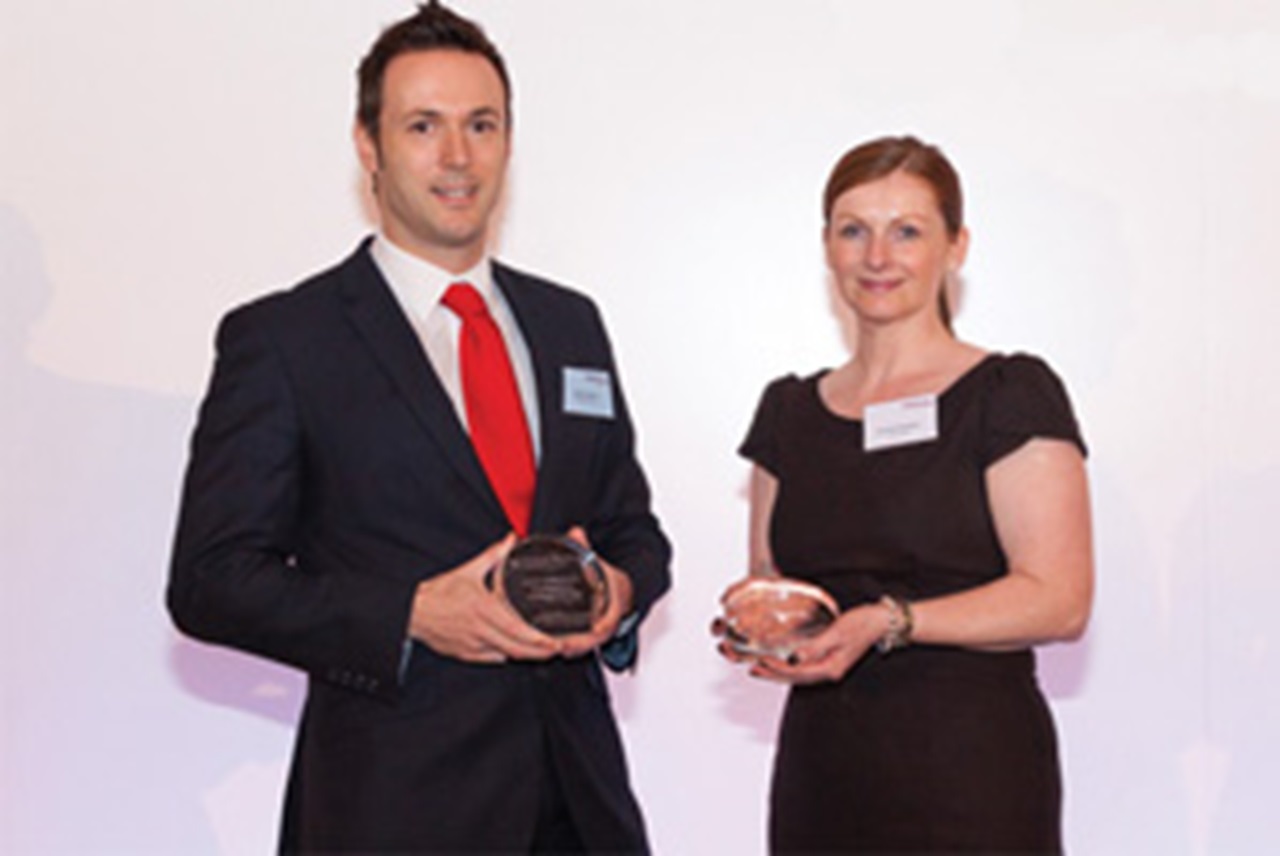

A pension consultancy and wealth management services provider, Mattioli Woods holds over £65m in more than 3,000 bank accounts for the company and its clients. With interest rates remaining low – and no obvious sign of improvement in these rates in the near future – the option of offering clients an attractive rate had become increasingly difficult for Mattioli Woods. Therefore, the company was looking for a solution which would increase the interest income on its customer accounts.
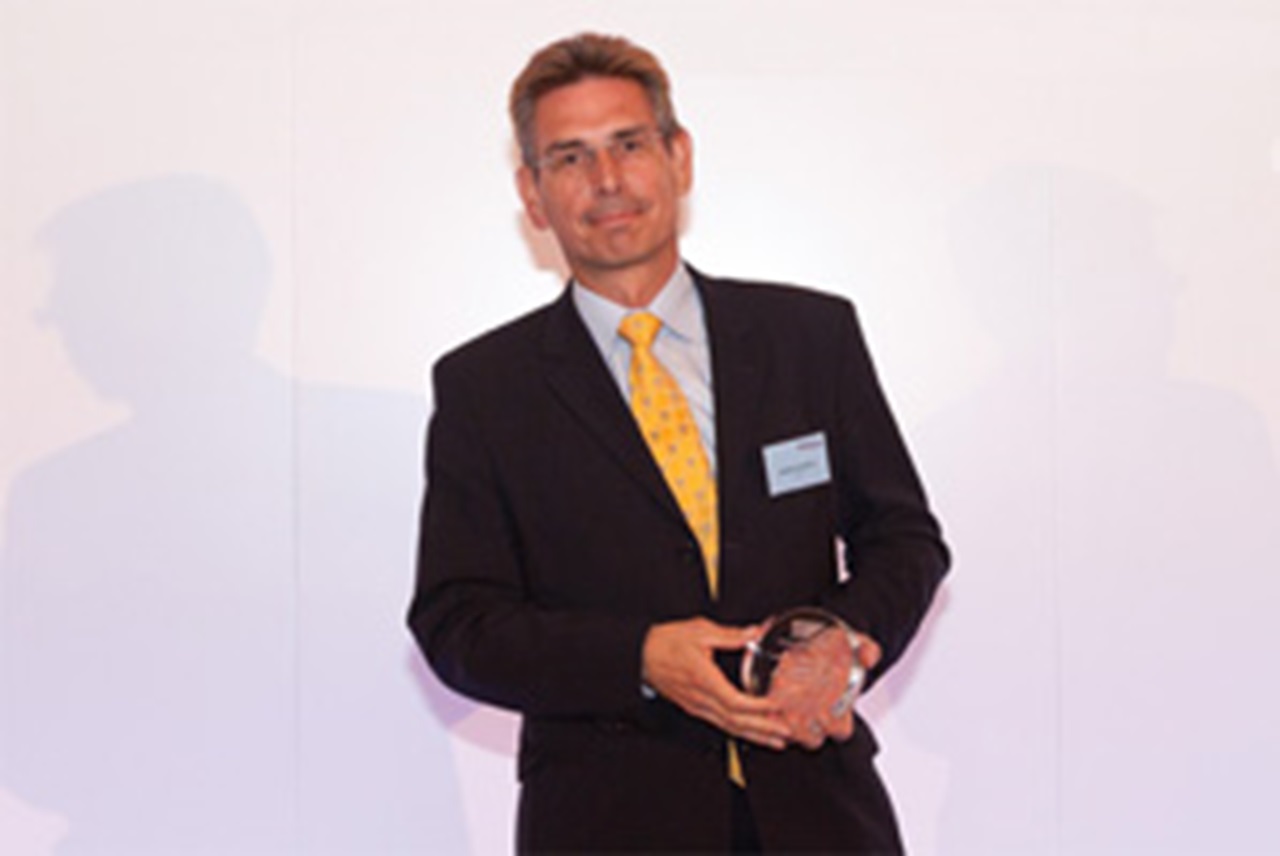

The mandate for SAP Global Treasury is to support the underlying operational business by having cash available at very short notice and ensuring that no default of counterparties or investments affects the operational liquidity or the strategic flexibility of the company. To cope with company requirements and the financial market environment, SAP’s global treasury broadened its investment scope and developed a four pillar strategy.
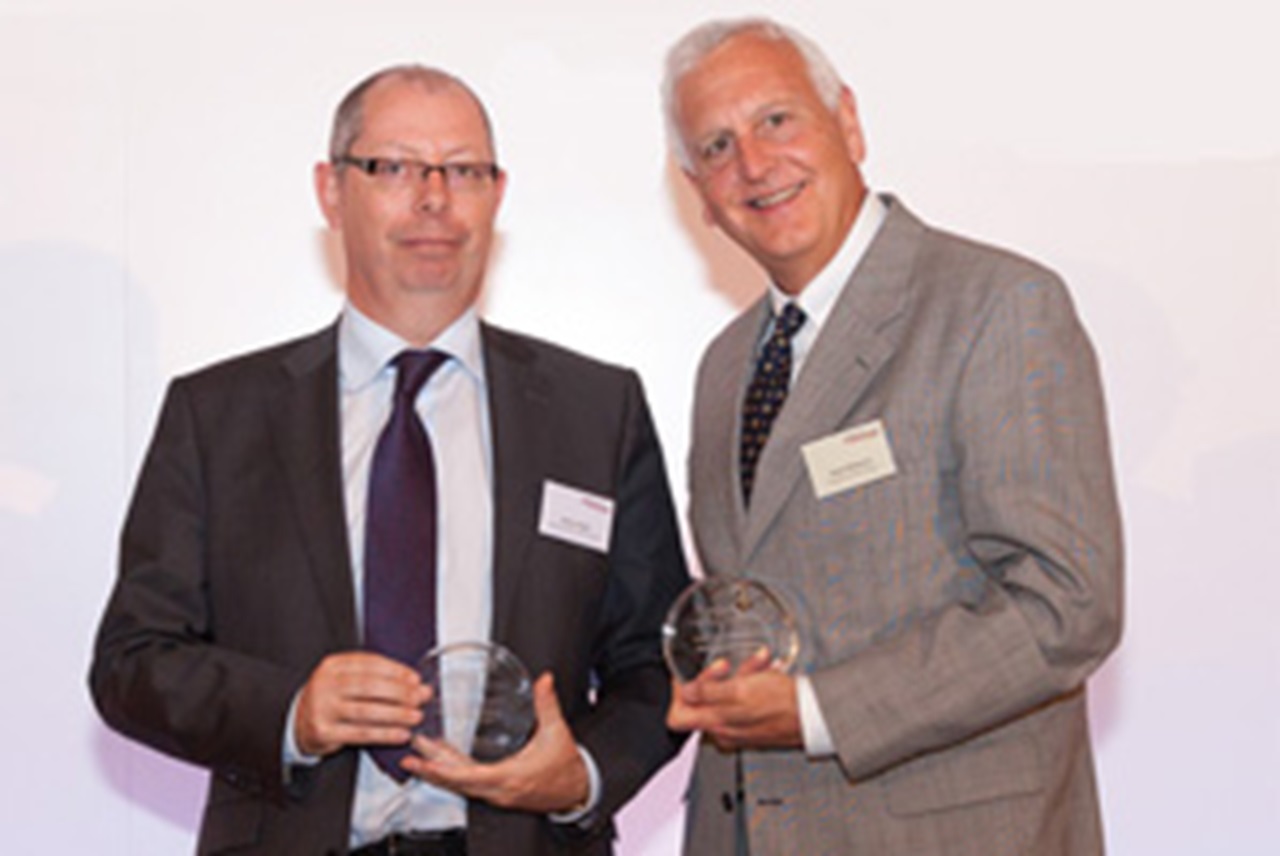

Brocade’s treasury helped its shared service centre (SSC) implement an electronic file delivery (EFD) platform with Bank of America Merrill Lynch for foreign subsidiary payroll batch payment processing. The solution replaces the old wire payment process for most foreign subsidiaries with over 1,000 employee payrolls.
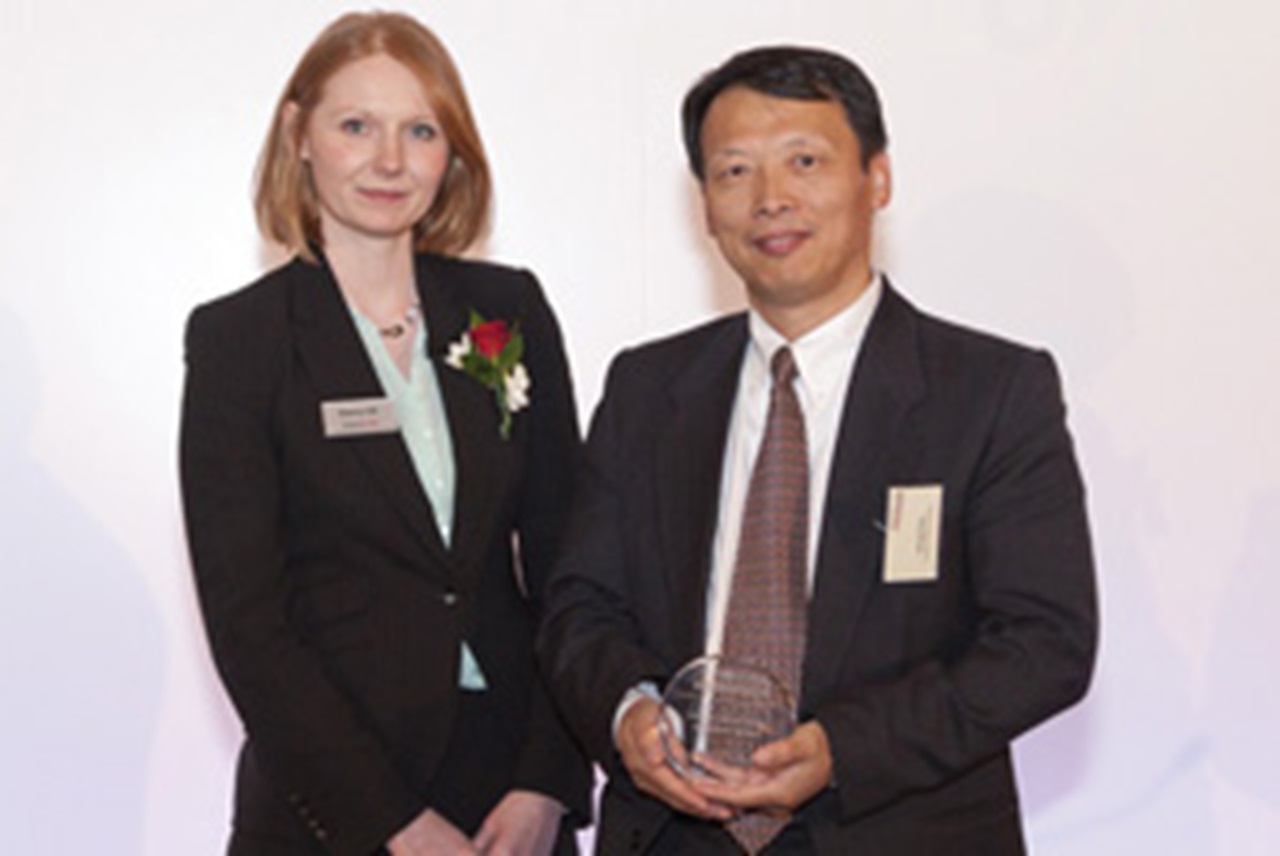

This cross-organisational project aimed at consolidating the Toyota/Lexus-branded credit card customer data has delivered many benefits to the organisation. The analytics solution was supported by Axium’s ‘matching logic’ software to create personal identification keys that enable measurement of loyalty at the customer level. The Analytics Group could then deliver new analyses to management that point to enterprise-wide impact.
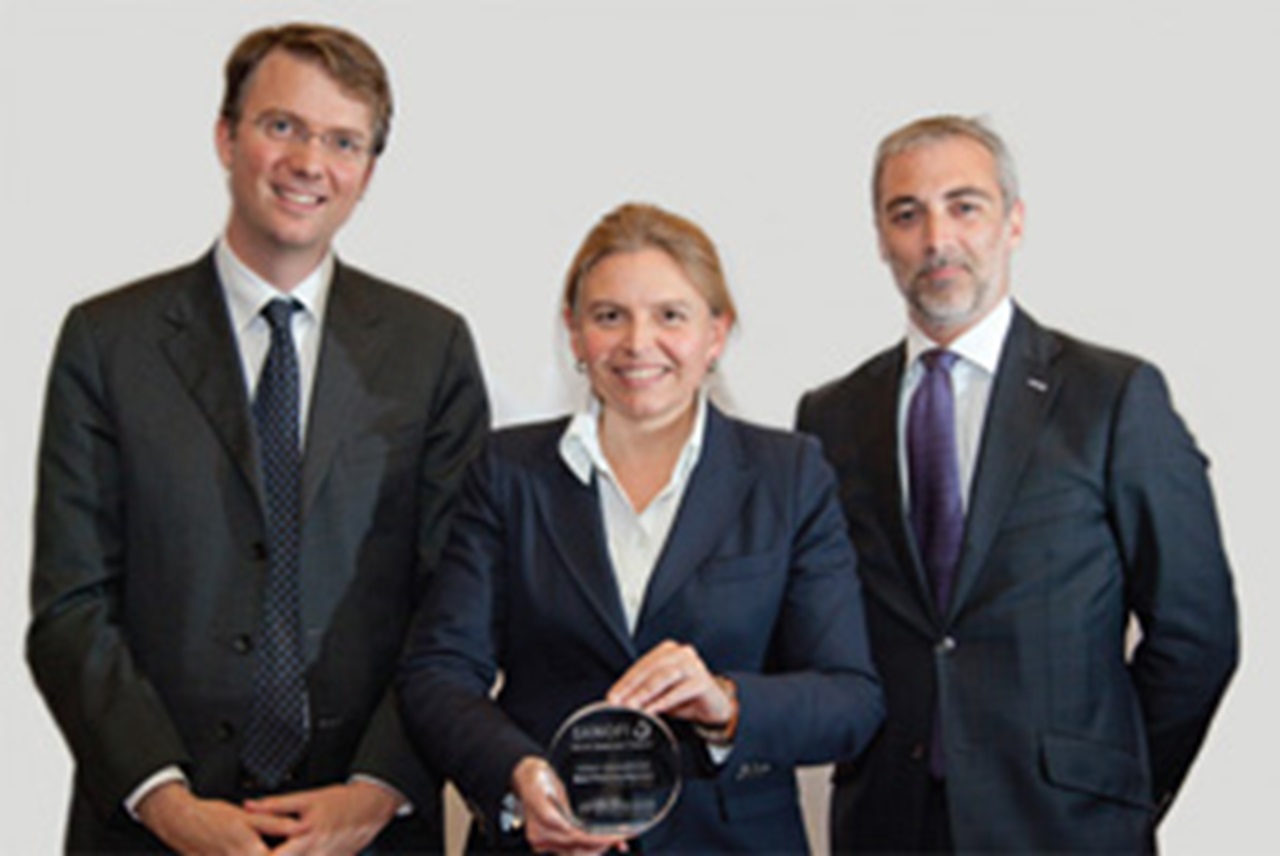

This was Sanofi’s debut deal in the dollar SEC-registered market and embedded the largest bond transaction done in 2011 globally. It has enabled Sanofi to raise a significant amount of finance at record low interest rates. The magnitude of this cheap leverage has been a key factor in the positive evolution of the company’s share price, with a mechanical lowering of Sanofi’s weighted average cost of capital.
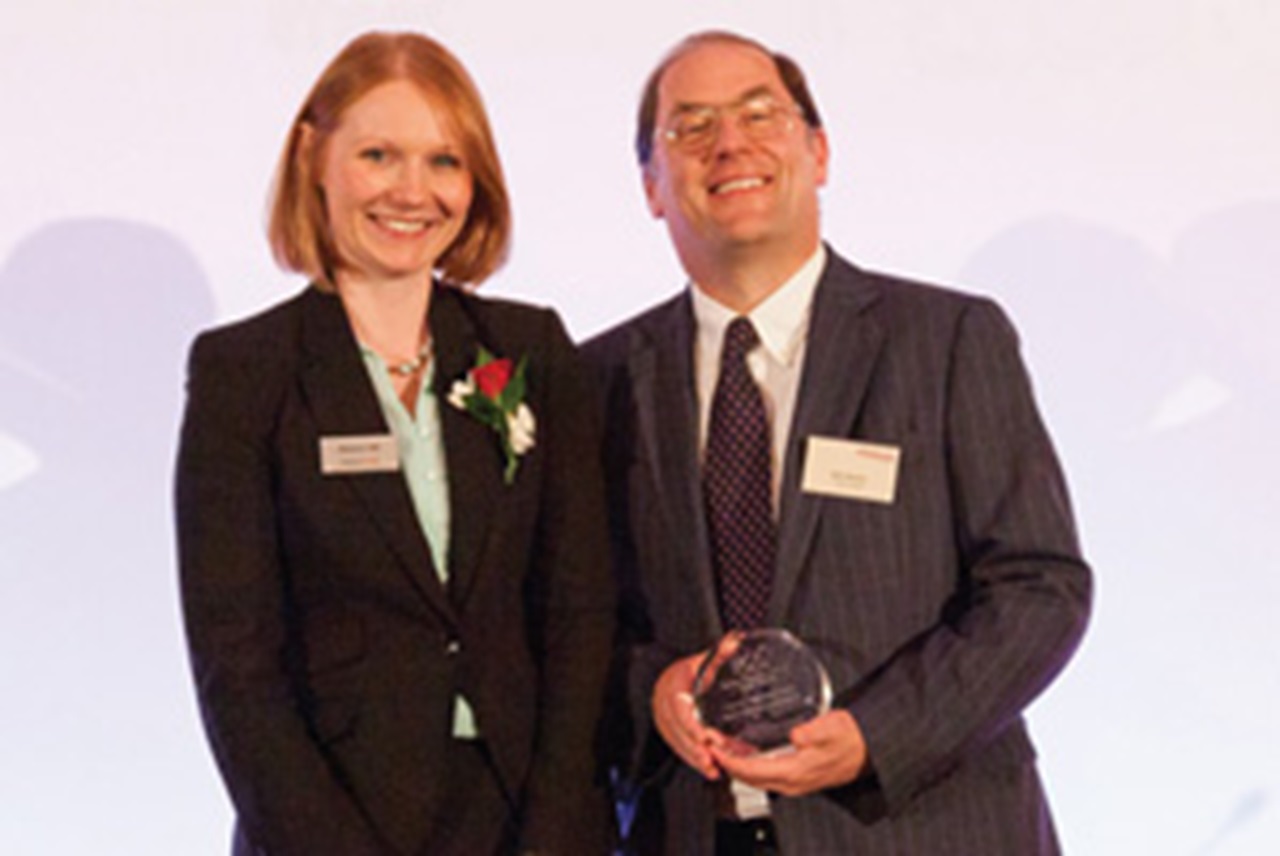

The continuing optimisation of Virgin Media’s debt complex has already delivered reductions in the company’s annual interest expense of more than £60m. This contributes in a meaningful way to Virgin Media’s 20% growth in annual free cash flow and also helps in freeing up cash for investment in the business and returns of capital to shareholders.
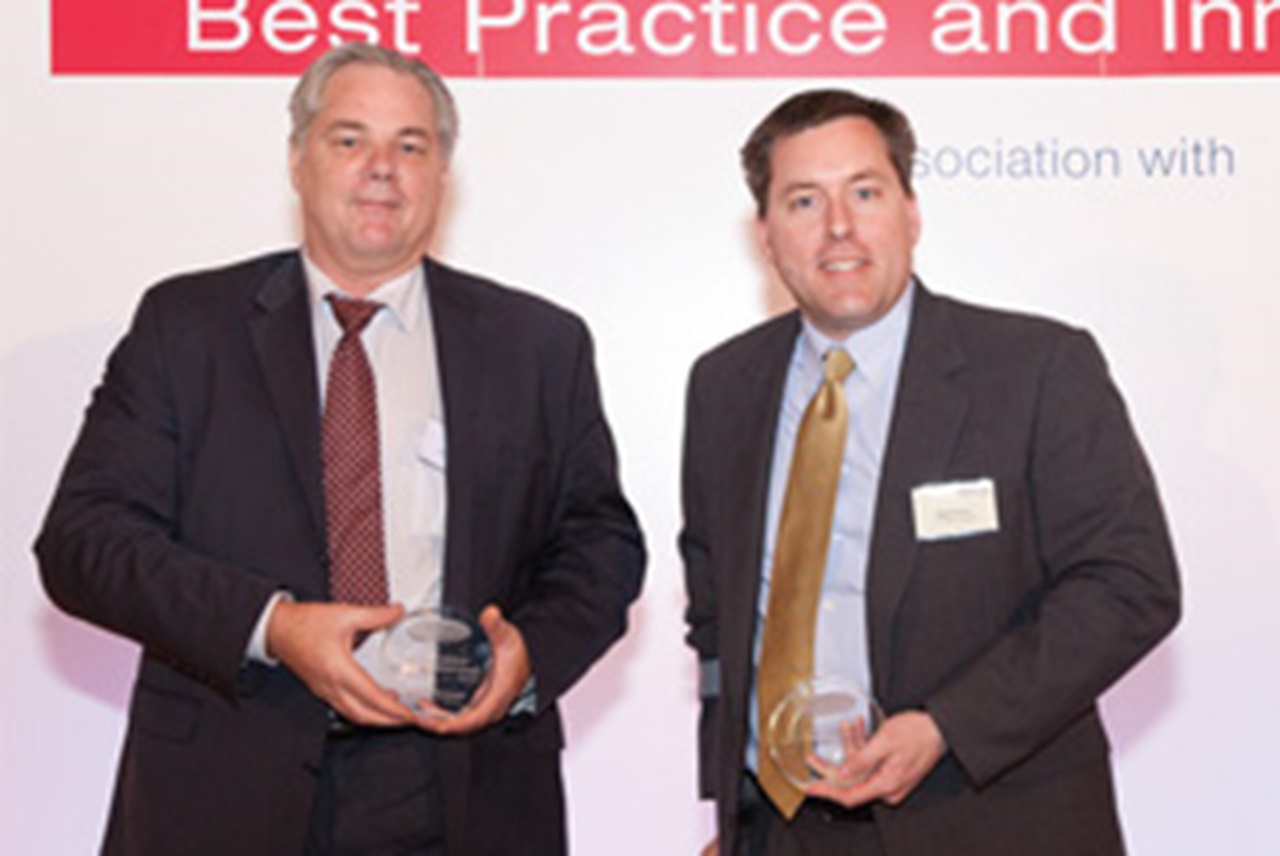

The wide remit of Ford’s Global Trading and Risk Management department covers several key trading activities, including cash investment, hedging, commercial paper pricing and sales, as well as FX, commodities and credit risk management. Given the capital intensive, cyclical nature of the business, cash flow is one of the most important metrics Ford uses in judging its performance. The treasury department decided to build a new CFaR capability to better understand what its net exposures are and to be more strategic in managing risk.
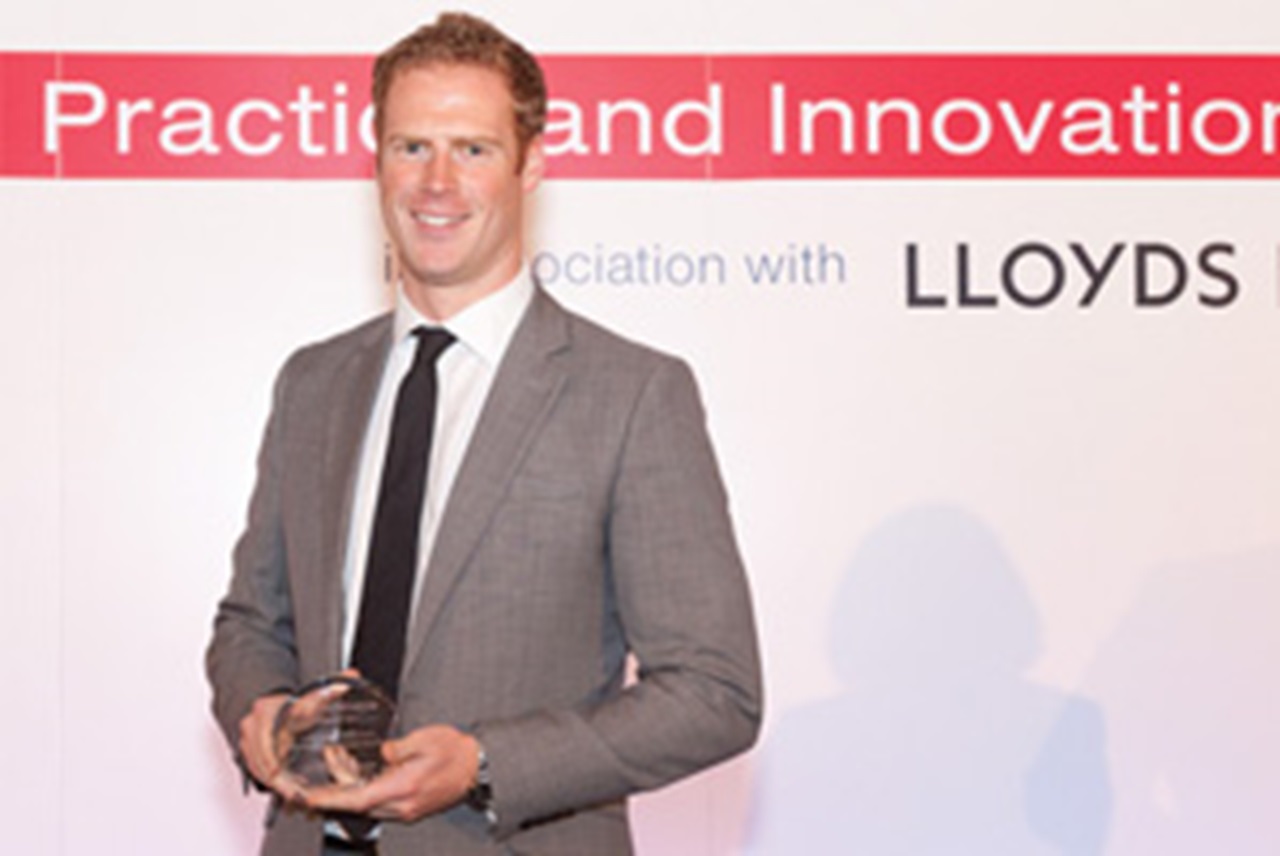

Prior to the 2008 financial crisis, like many corporate treasuries, Inchcape’s treasury department placed a great deal of emphasis on credit ratings agencies. The company relied on the AAA assessments the agencies gave funds as a method of determining the safety of its short-term investment portfolios. Realising that better and more robust processes were required, the company chose Institutional Cash Distributors (ICD) to bring simplicity and visibility to its trading and risk management records.
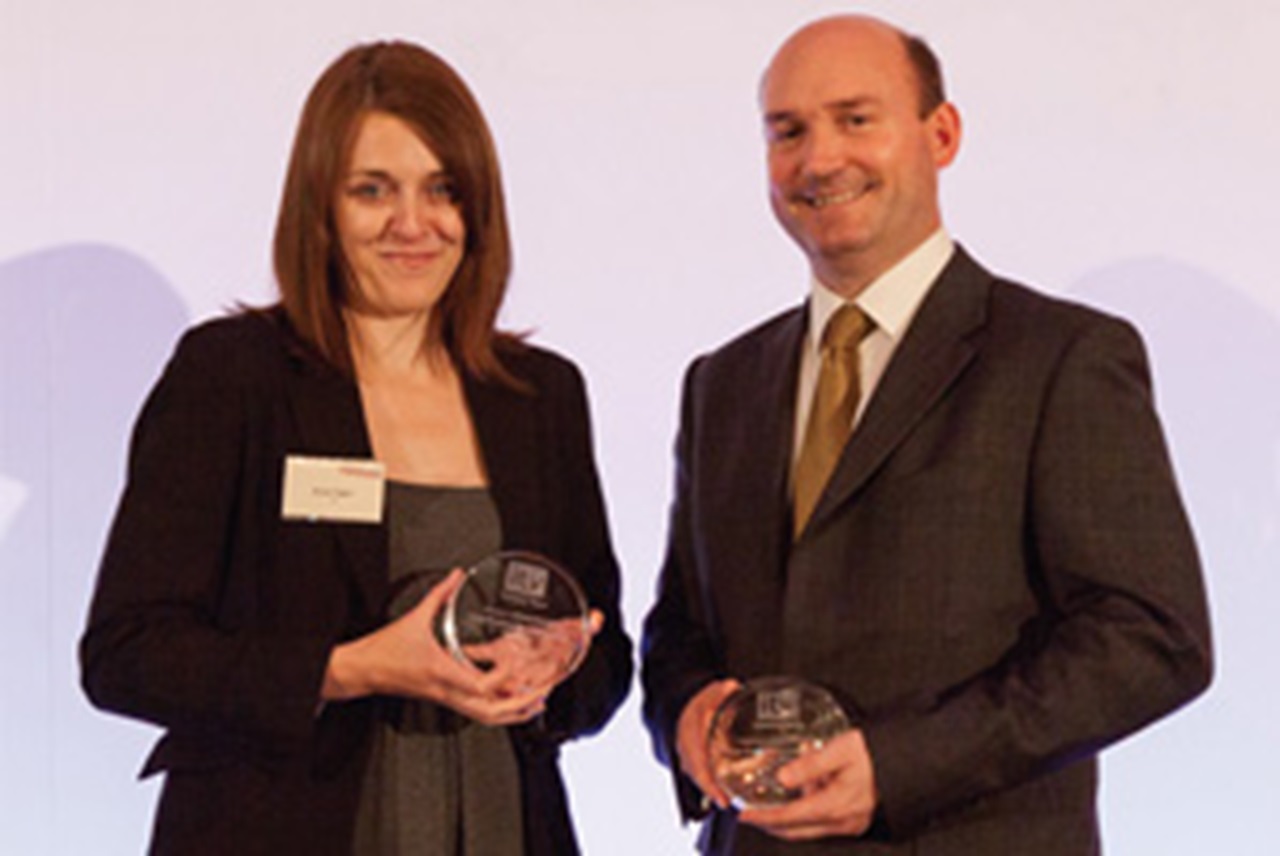

At ITV, there was a great deal of manual processing involved in the day-to-day processing of transactions. International bank statements were sent by the different entities to the treasury department but this could be on a weekly or monthly basis. The company’s cash pool set up was also extremely complex, with a large number of varying balances on each of the accounts across the pool. The company wanted to consolidate its cash position and sweep excess funds to zero balanced pool headers for each currency.
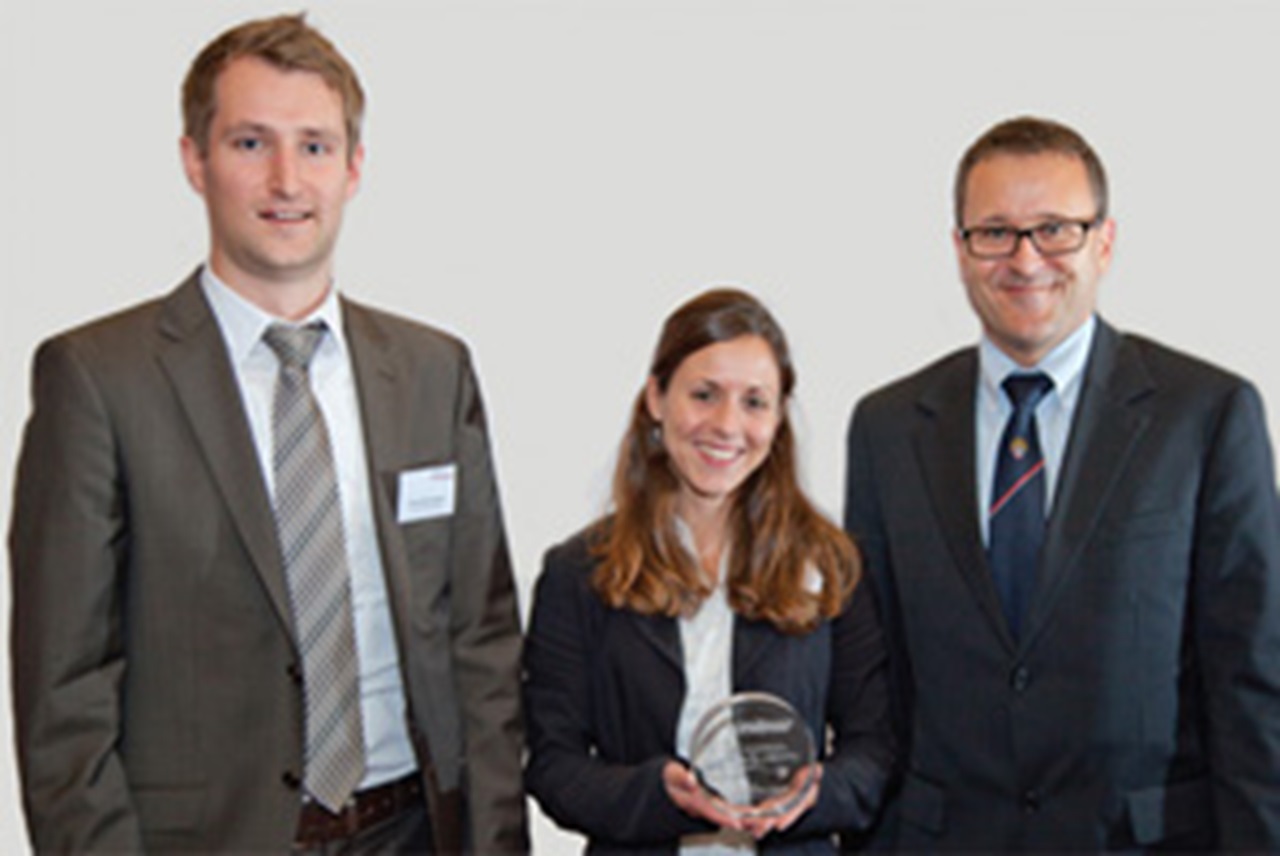

Due to the steady growth of the group and its international expansion, the finance department had to evolve quickly and efficiently. In 2008, the first treasury management system was introduced groupwide. The formation of the Lindner Finanz GmbH as an independent in-house bank at the end of 2009 followed. But in addition to complex legal and fiscal problems that needed to be addressed, a shortterm TMS upgrade – to Bellin’s tm5 – was necessary, a trading platform had to be implemented, and a cash pool had to be converted.
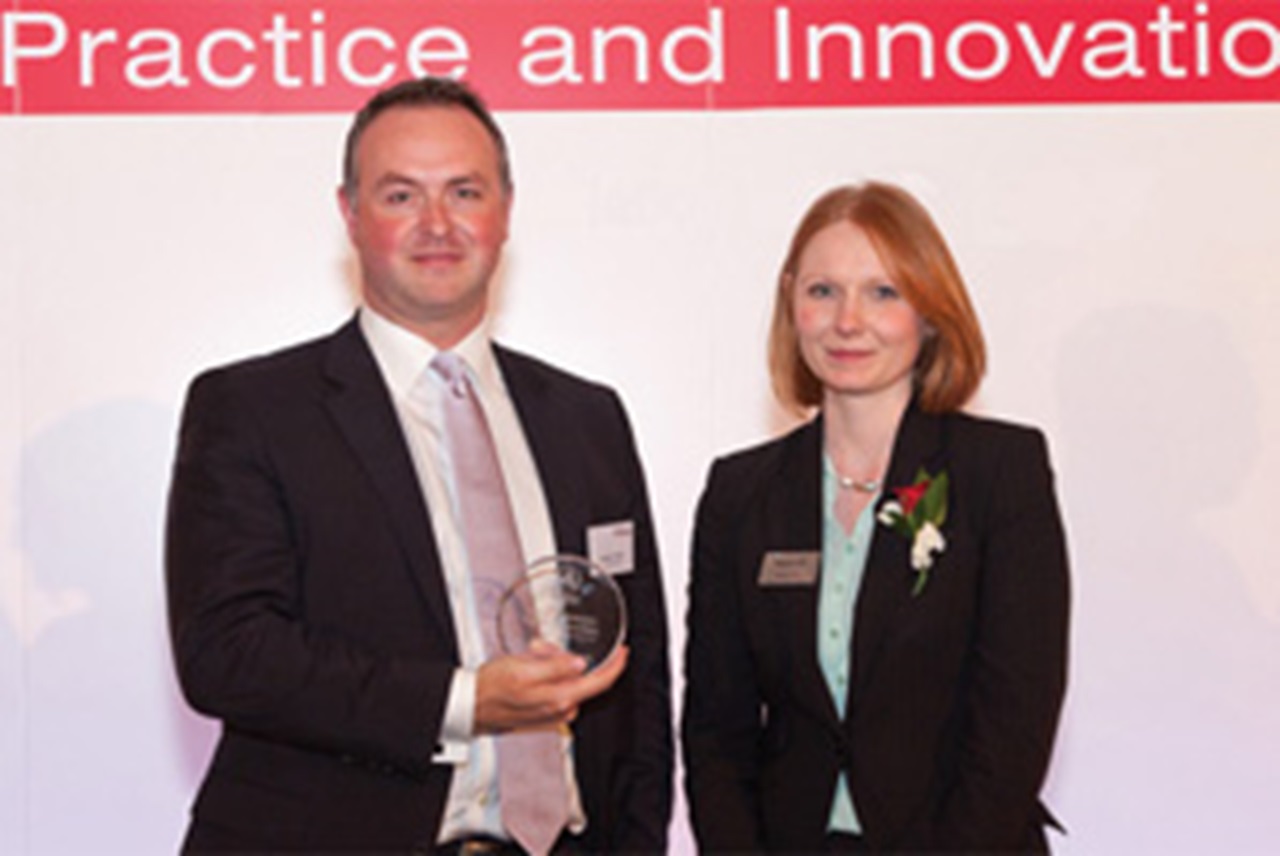

The fast pace of growth of Sany from inception to the impressive global scale it enjoys today rendered it essential to have centralised and automated treasury and cash management processes to facilitate management control, optimise process efficiency and reduce the possibility of human error by removing manual processing to the fullest extent possible. These objectives were achieved by working closely with Deutsche Bank.


Every quarter, Google’s accounting team had been downloading excel-based gain/loss reports from State Street custody accounting, filtering and selecting items for more detailed review. In Q1 2012, Google implemented an issuer level credit modelling framework, custom developed by doctorate researchers at Moody’s Credit Research, to enhance the precision, quality, and efficiency of what had, previously, been a highly manual and effort-intensive asset impairments process.
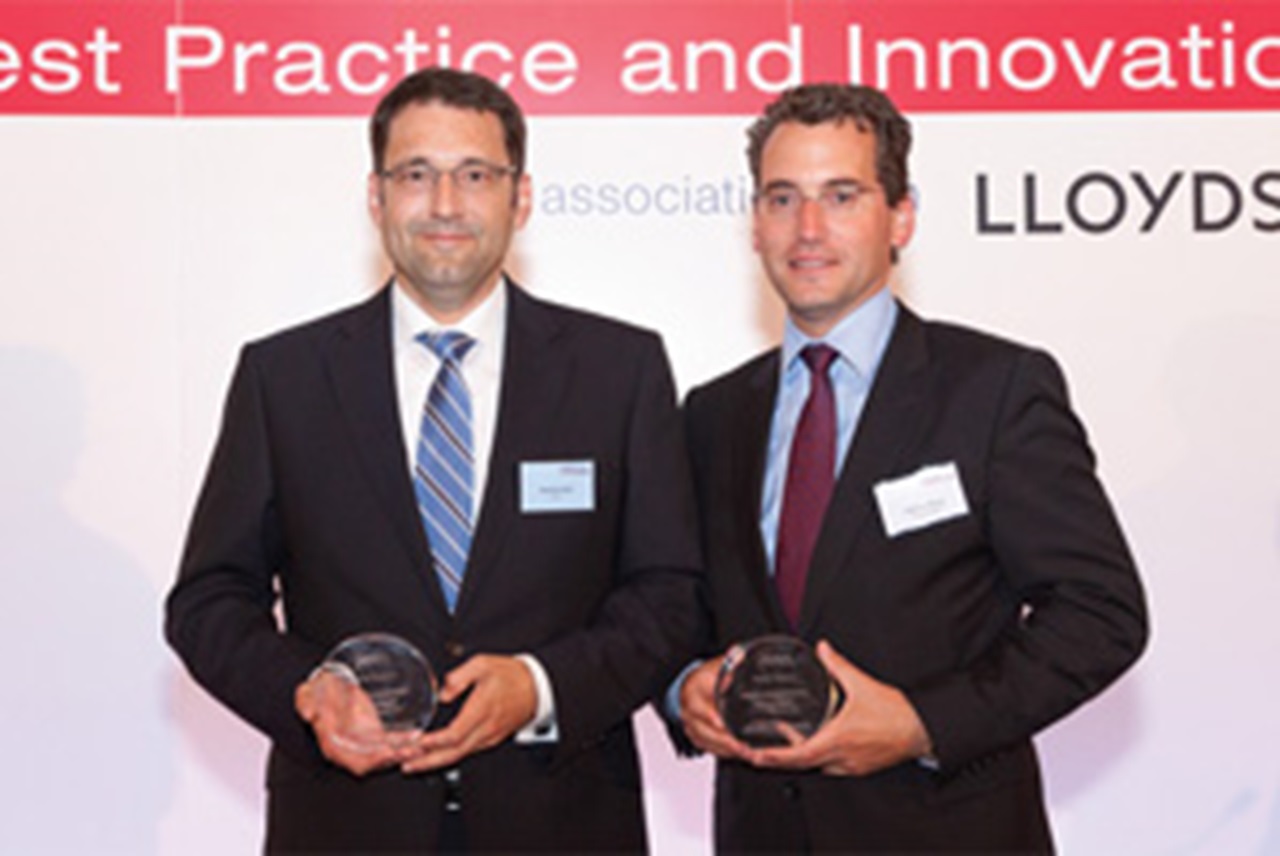

Throughout the company’s global operations, each of Merck’s subsidiaries is responsible for their own guarantee for business transactions embarked upon in their particular locality. “We realised that the existing guarantee structure was not efficient and wanted to centralise a group-wide bank guarantee scheme,” says Jörg Bermüller, Head of Cash and Risk Management at Merck. The company used this as an opportunity to establish a standardised global process which would also allow potential for improvement.
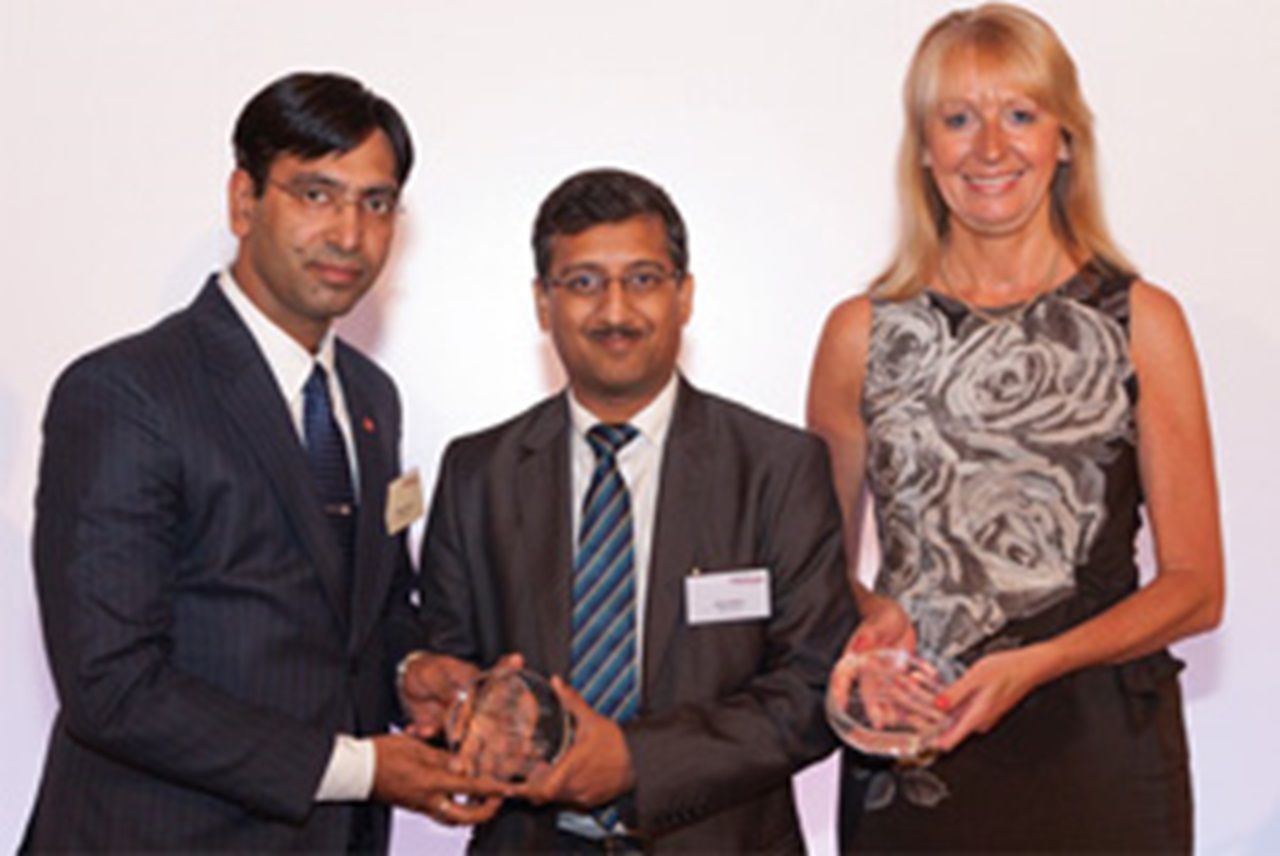

The telecoms industry is one of the newest and fastest growing markets in India. However, the industry is still adapting, always searching for the best possible methodology to stabilise daily operations, especially as the numerous controls that are enforced by government agencies continue to evolve. With business conditions that are constantly changing, benchmarking processes is a vital step towards increasing operational efficiency. Bharti Airtel sought to achieve its benchmarking goals by means of establishing a shared service centre (SSC).